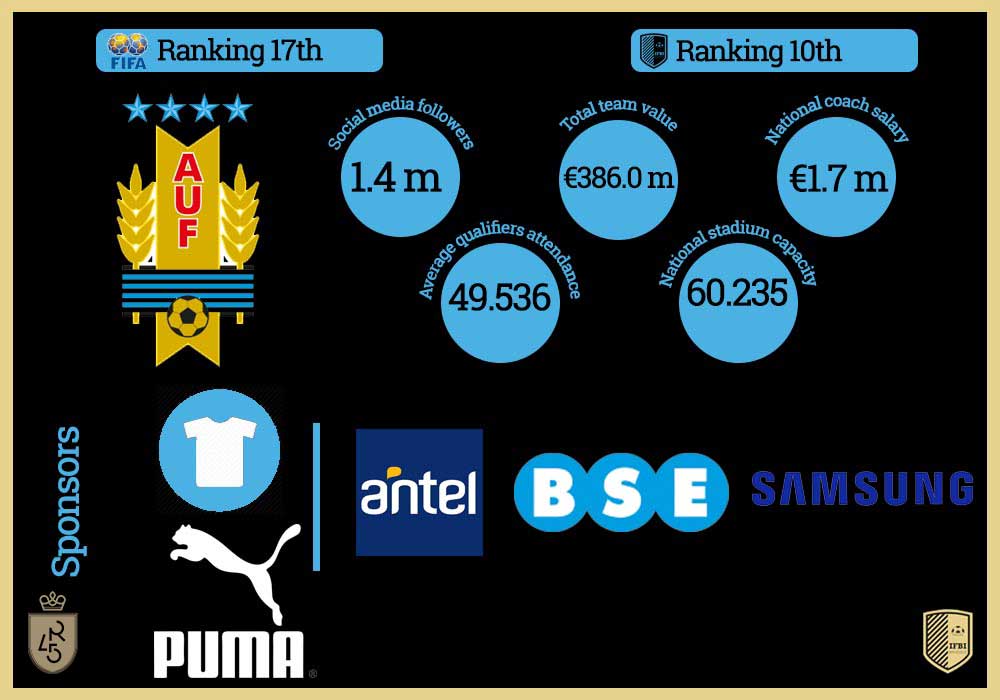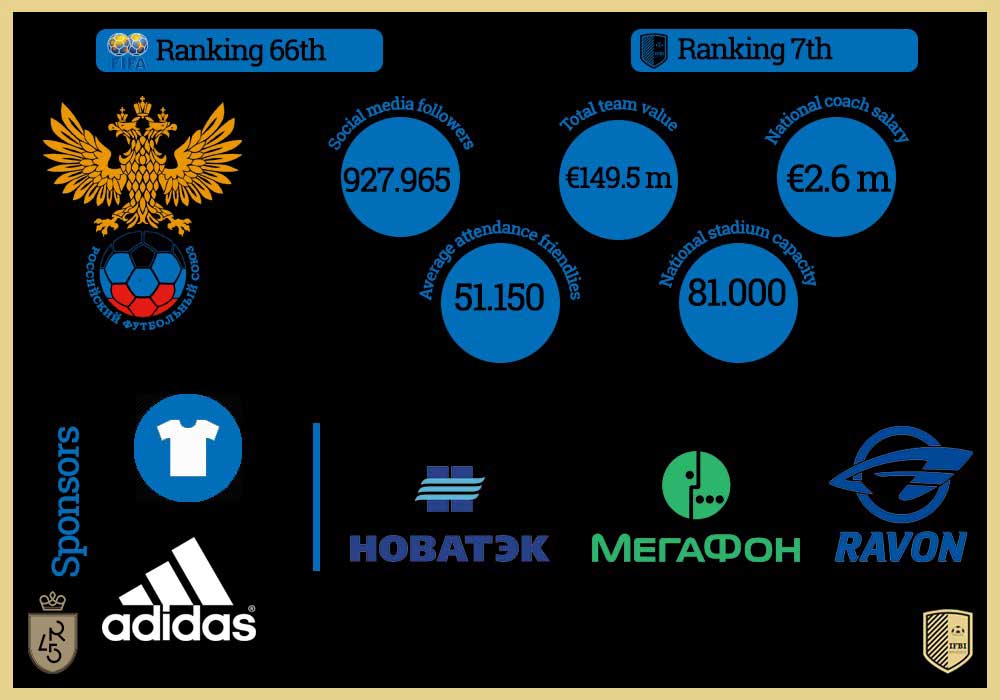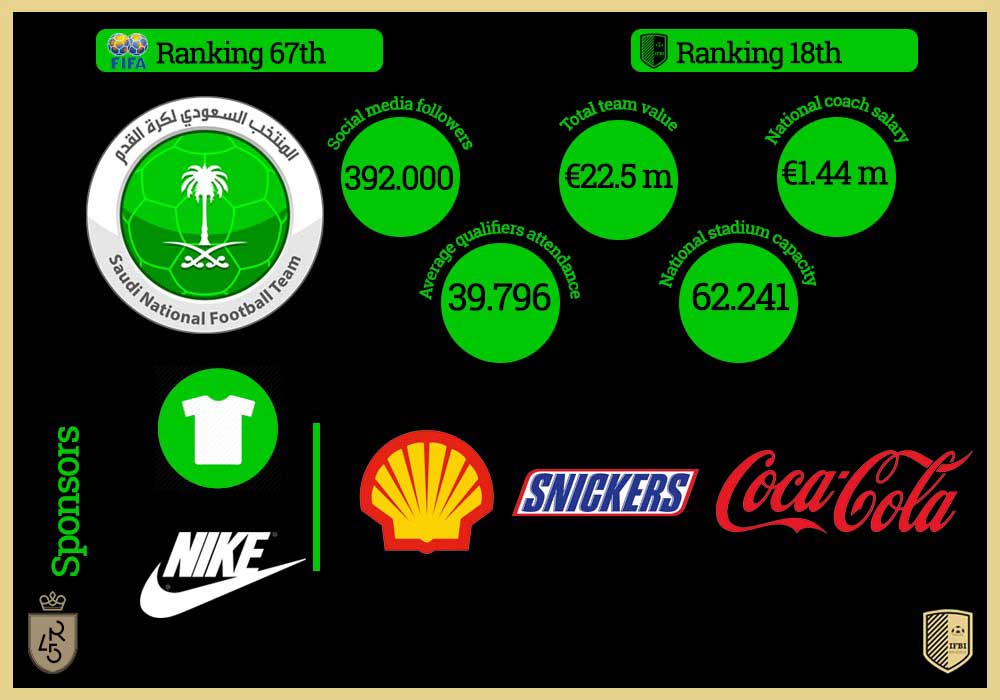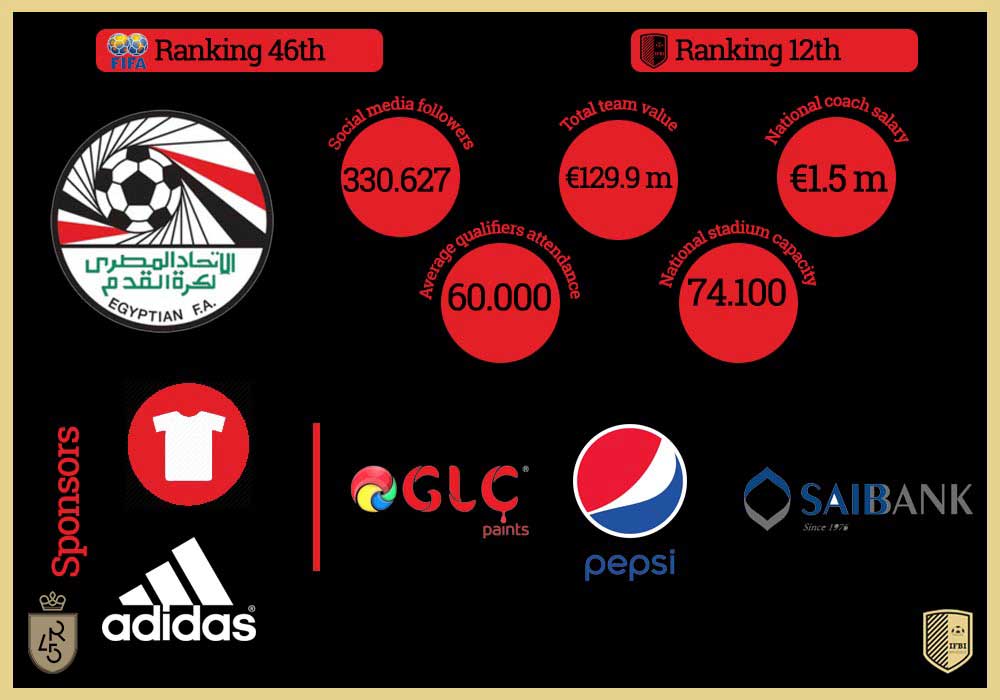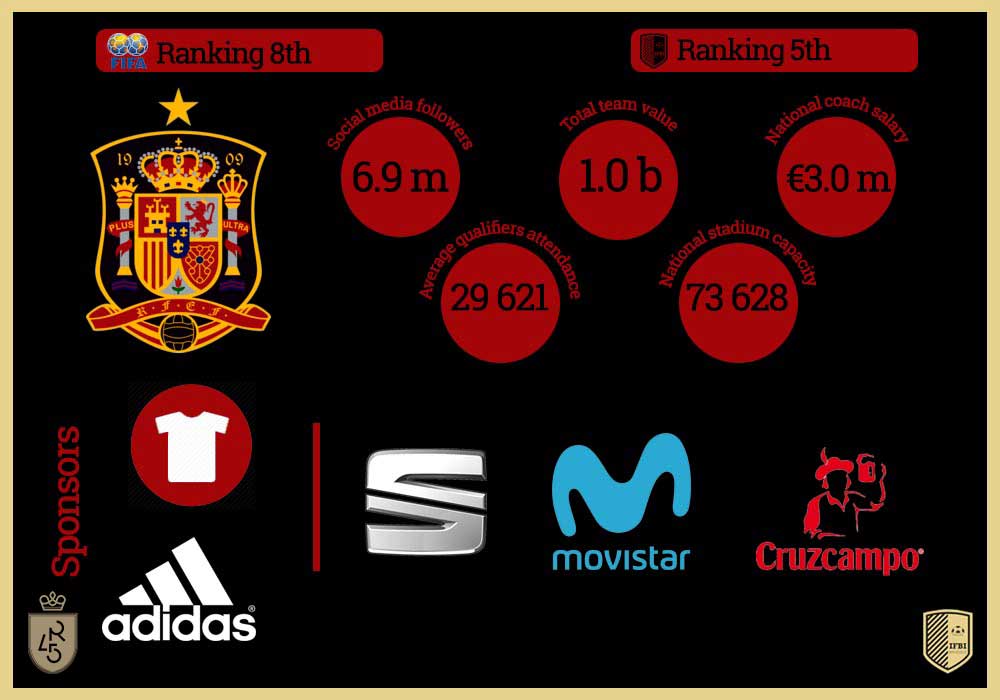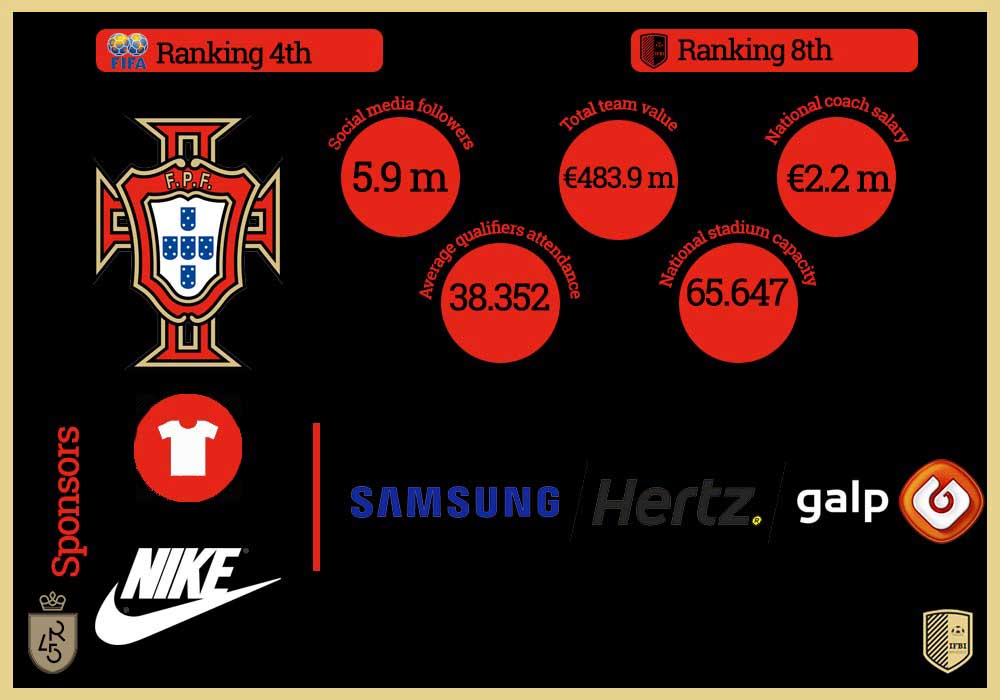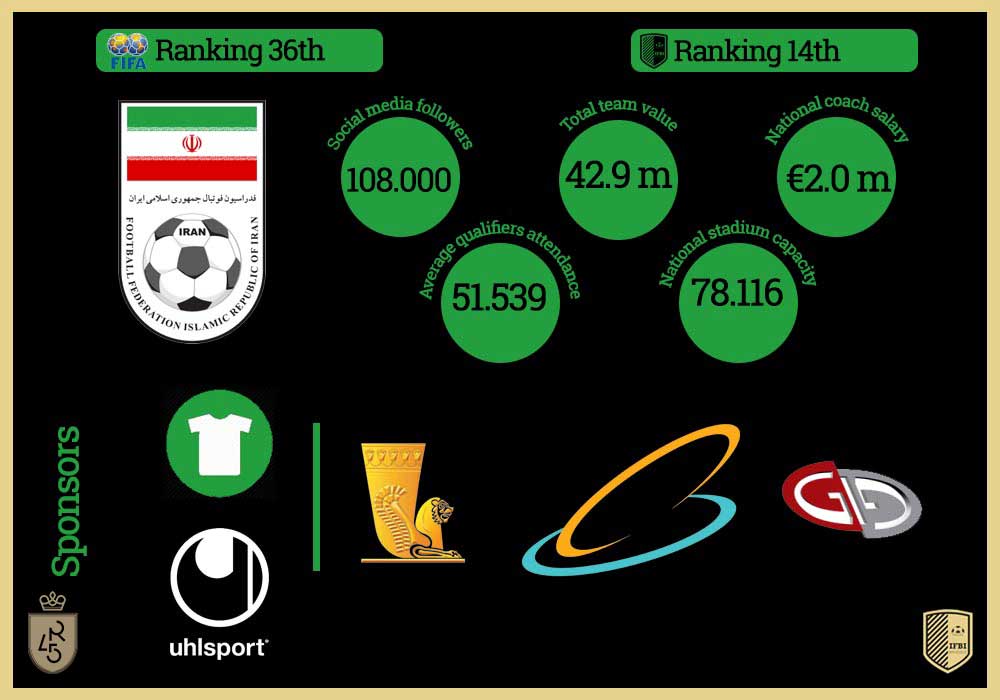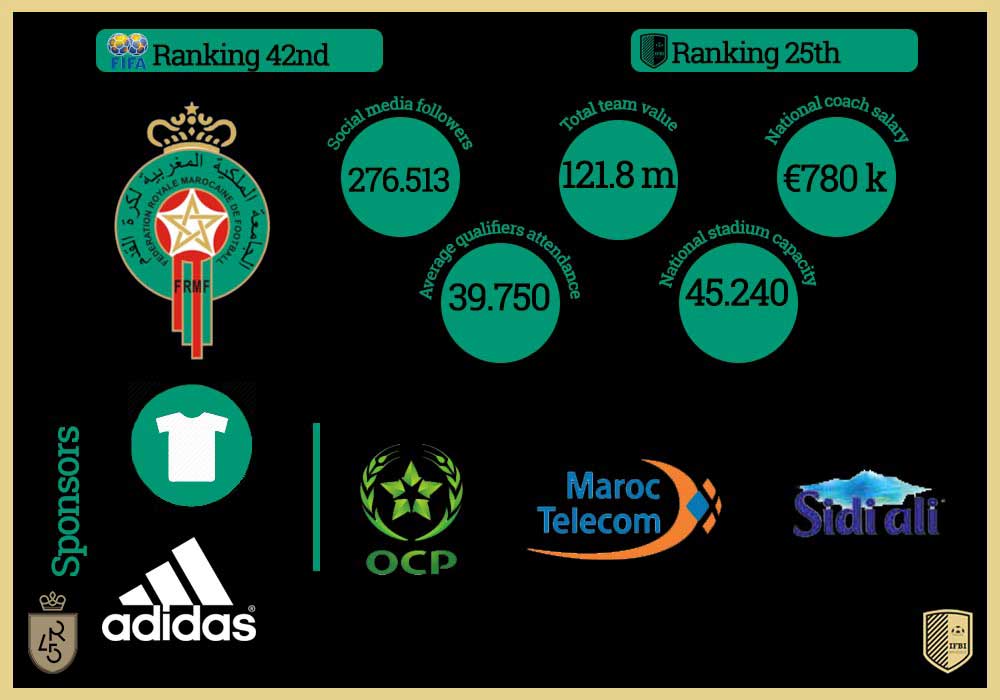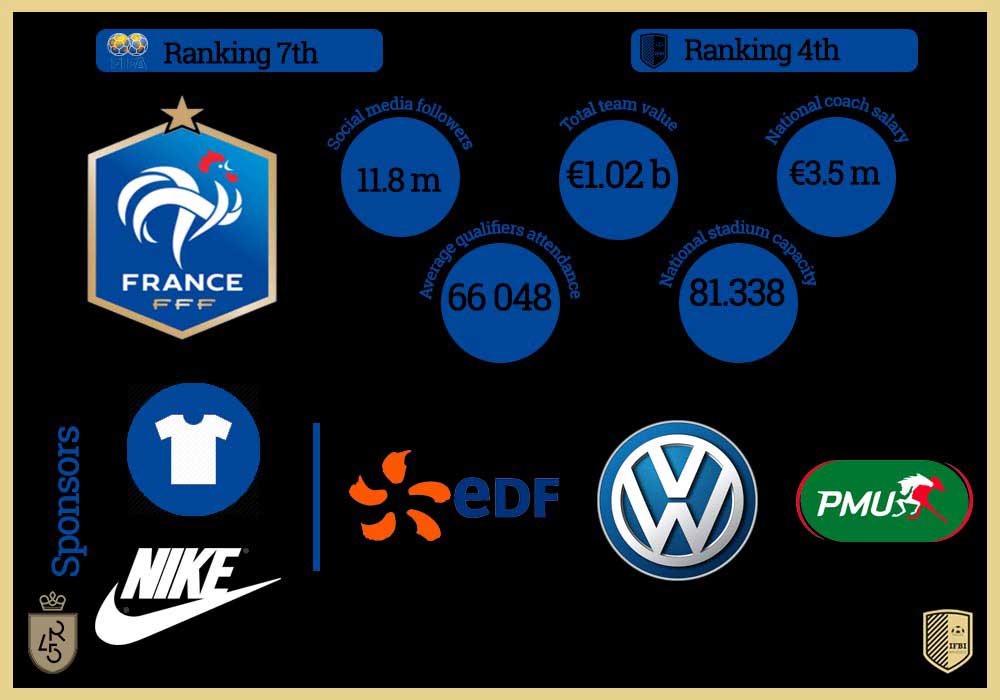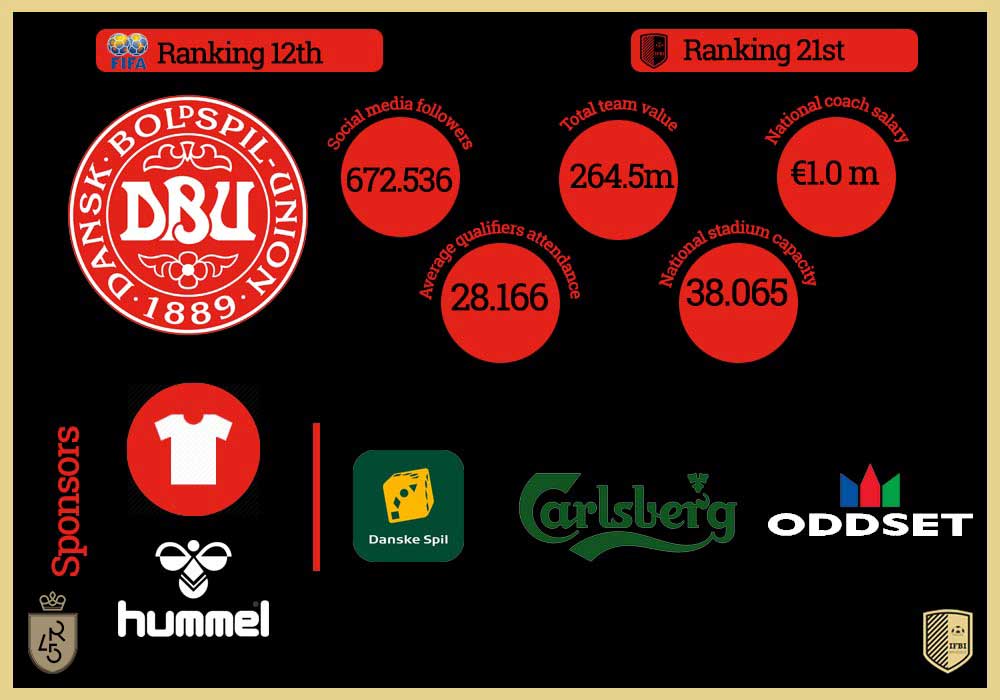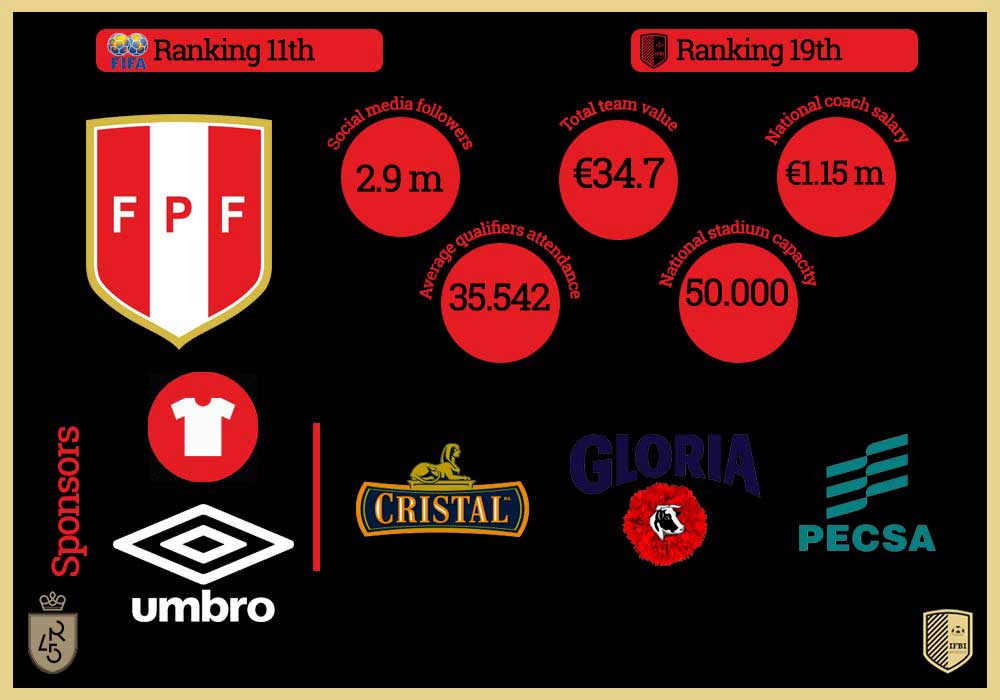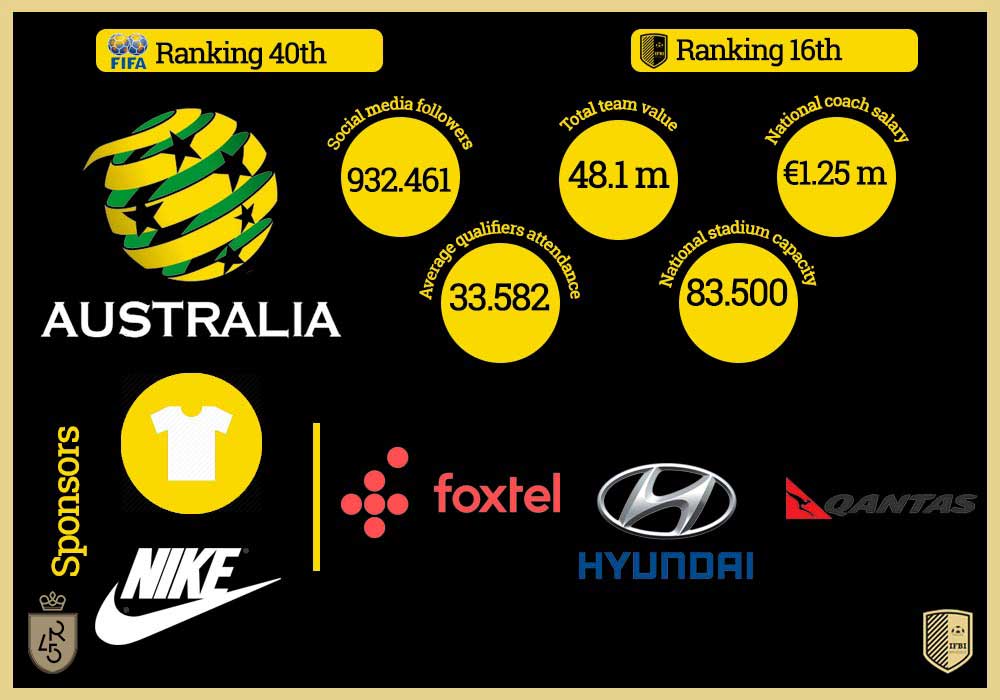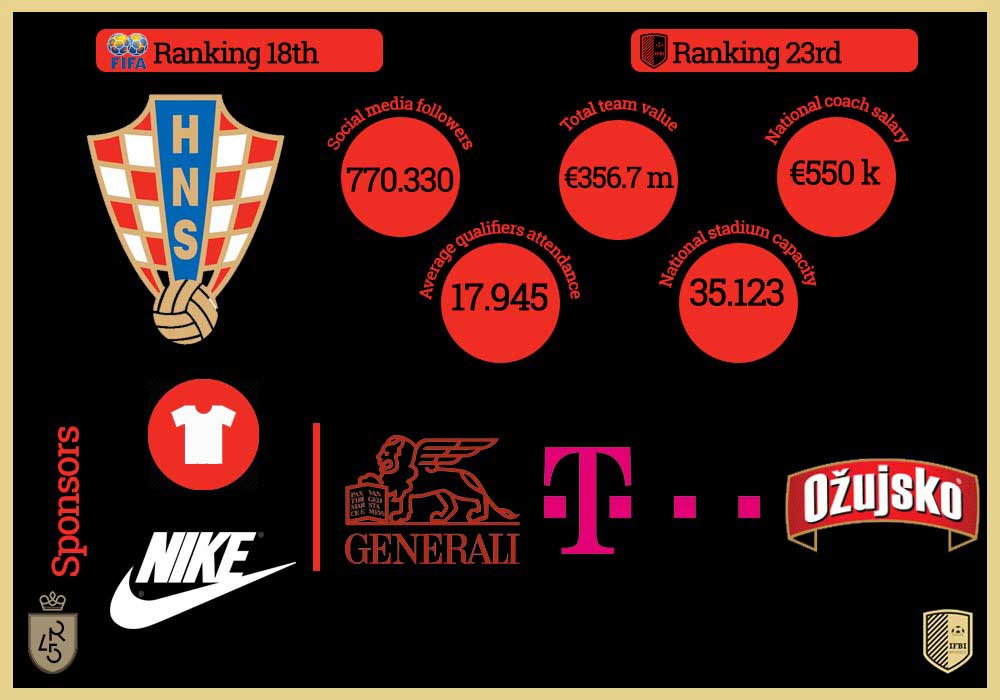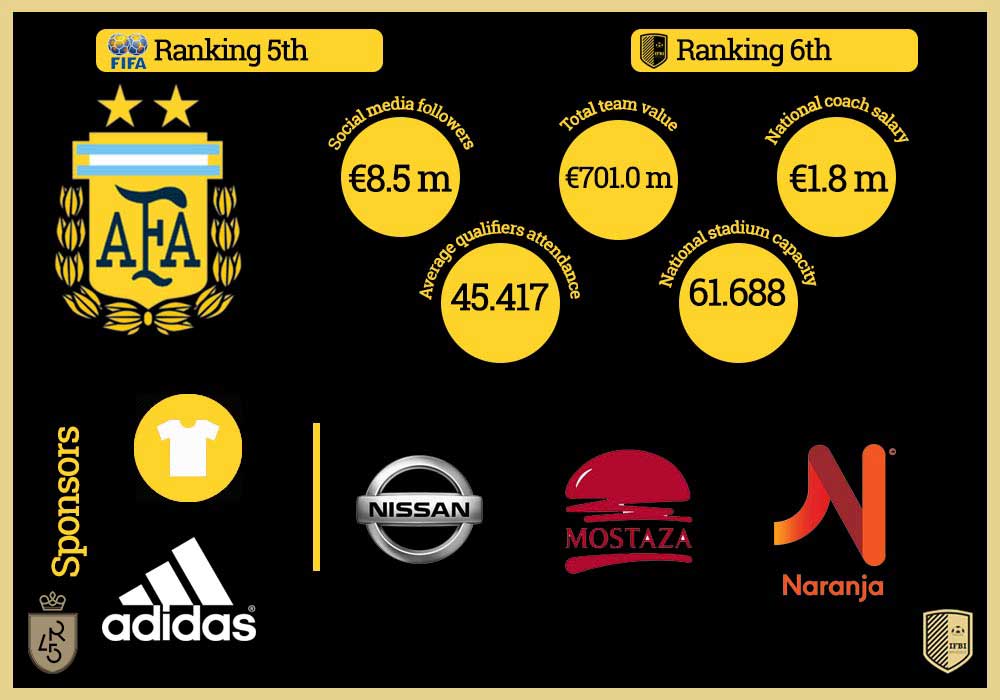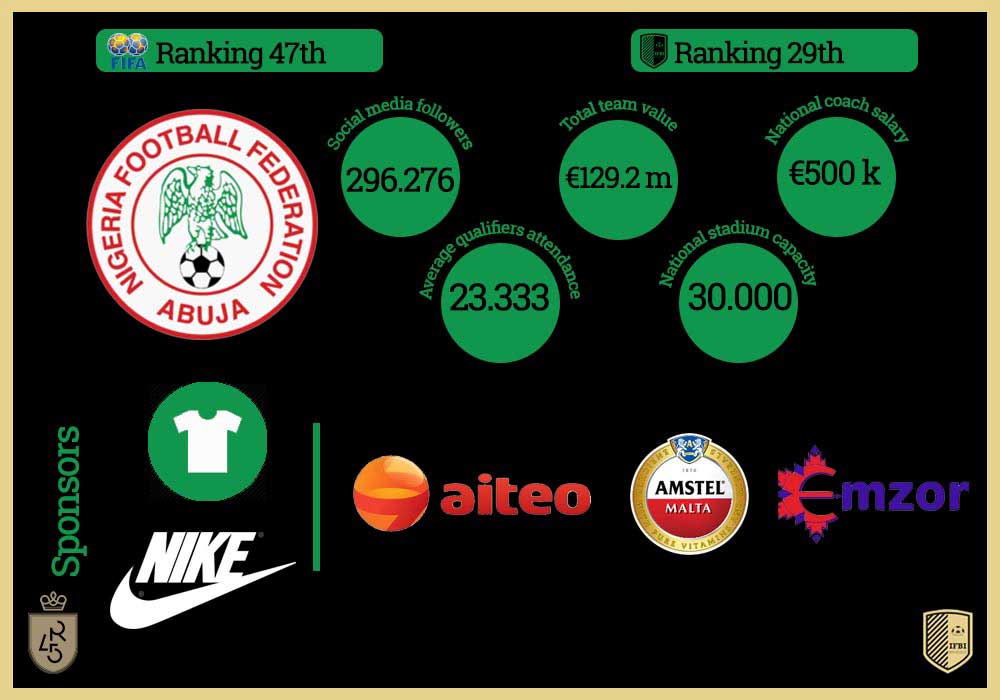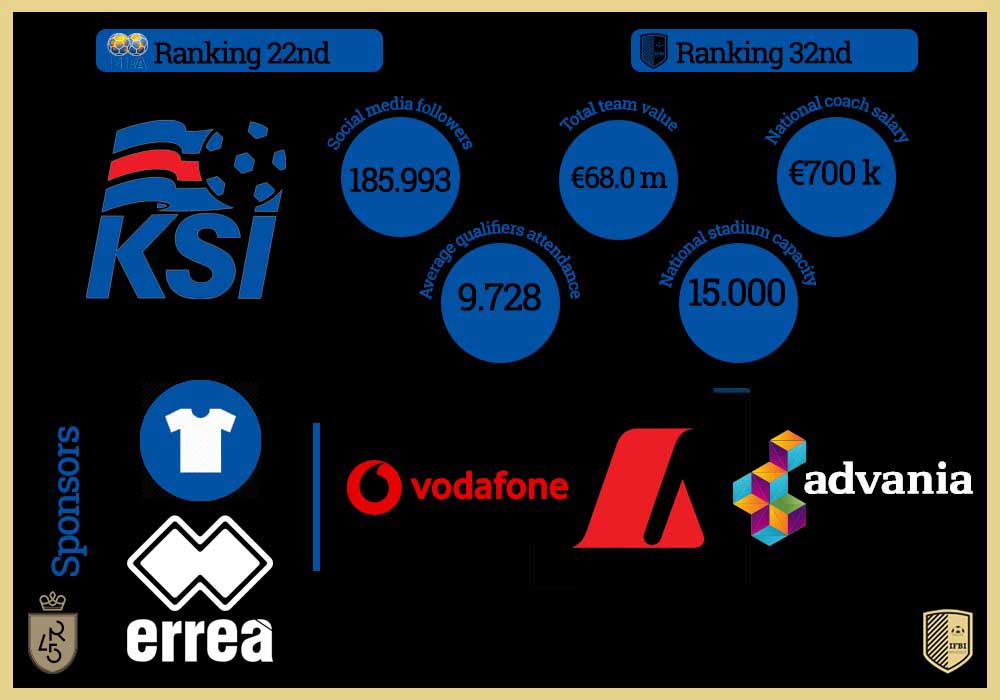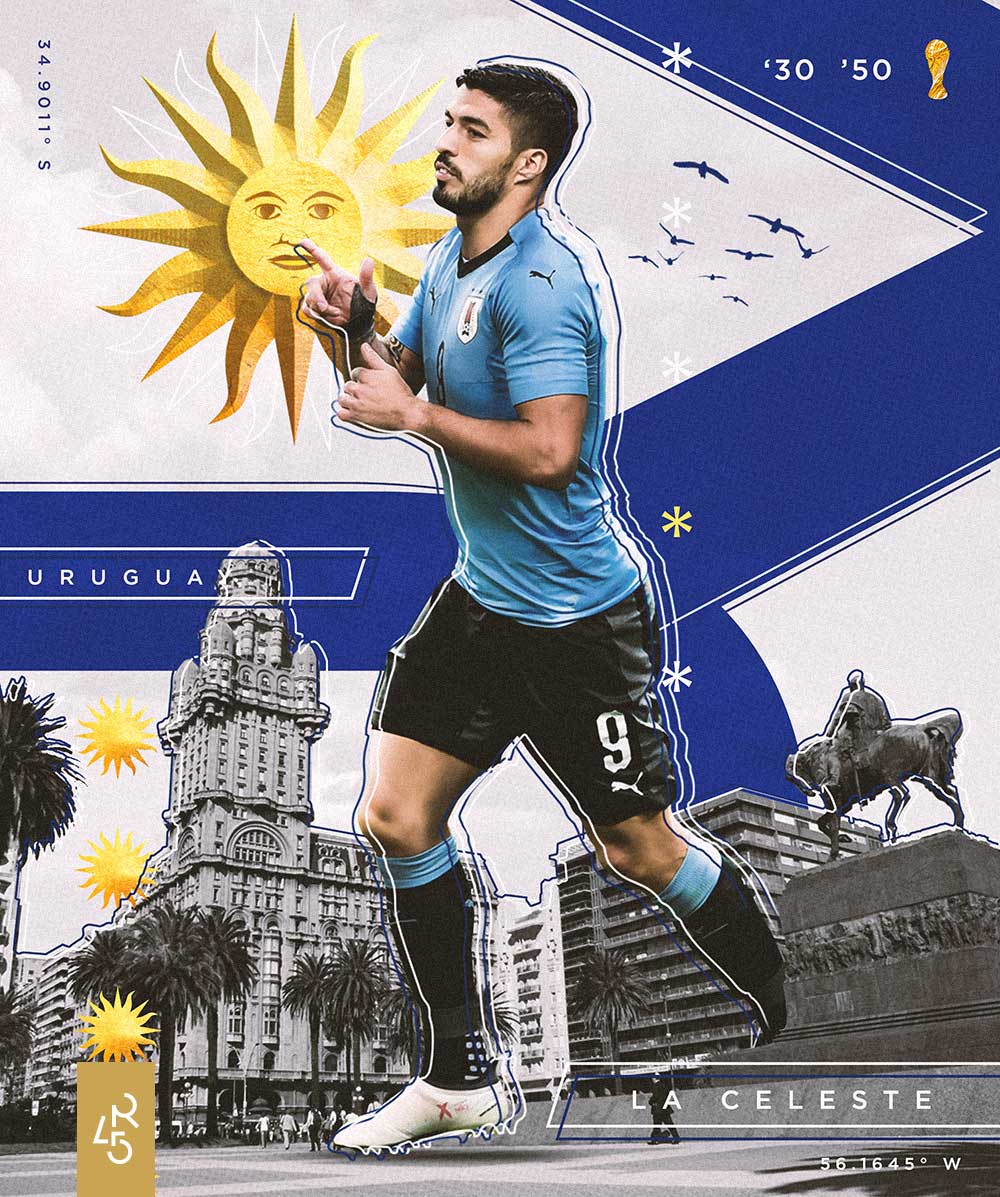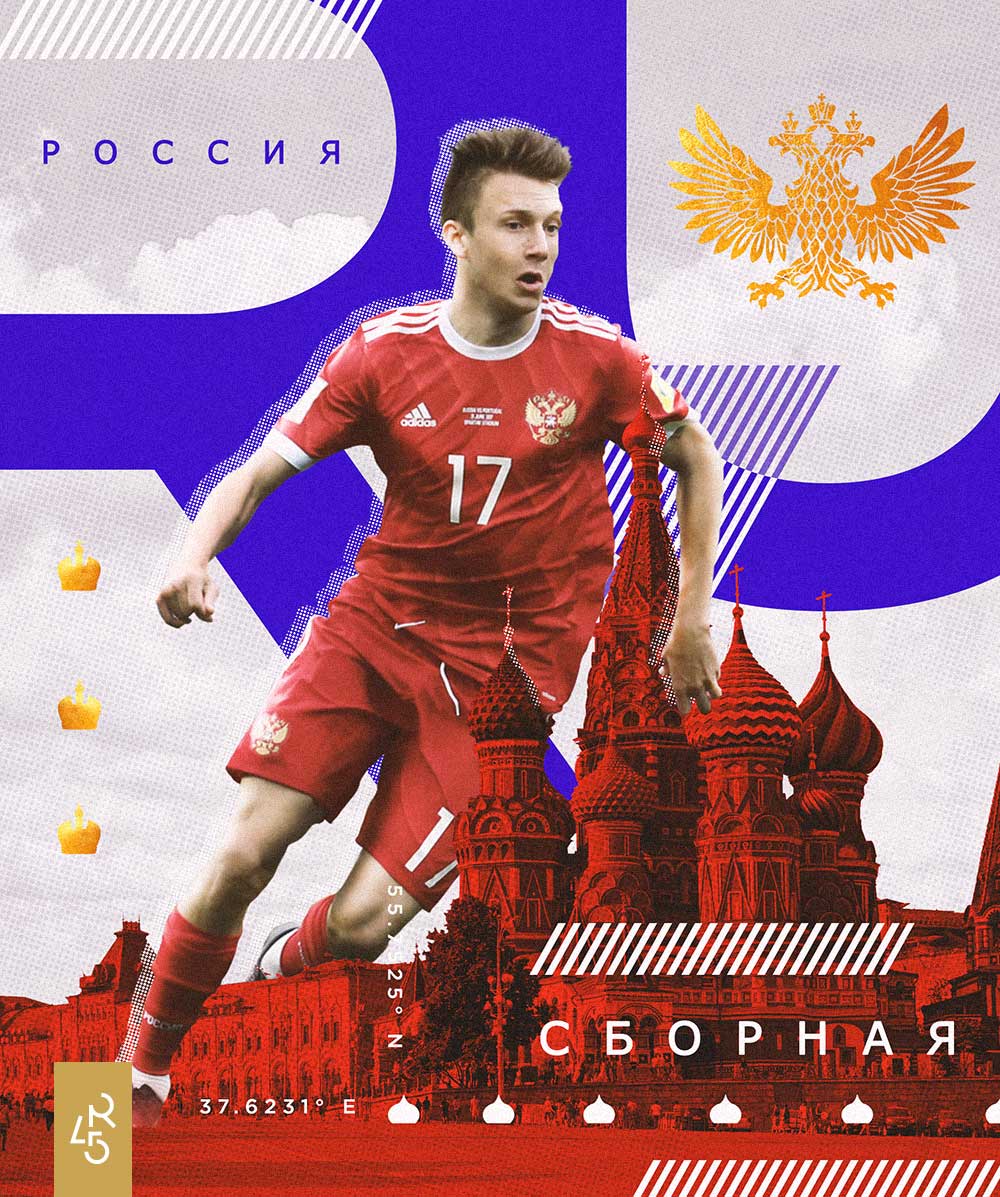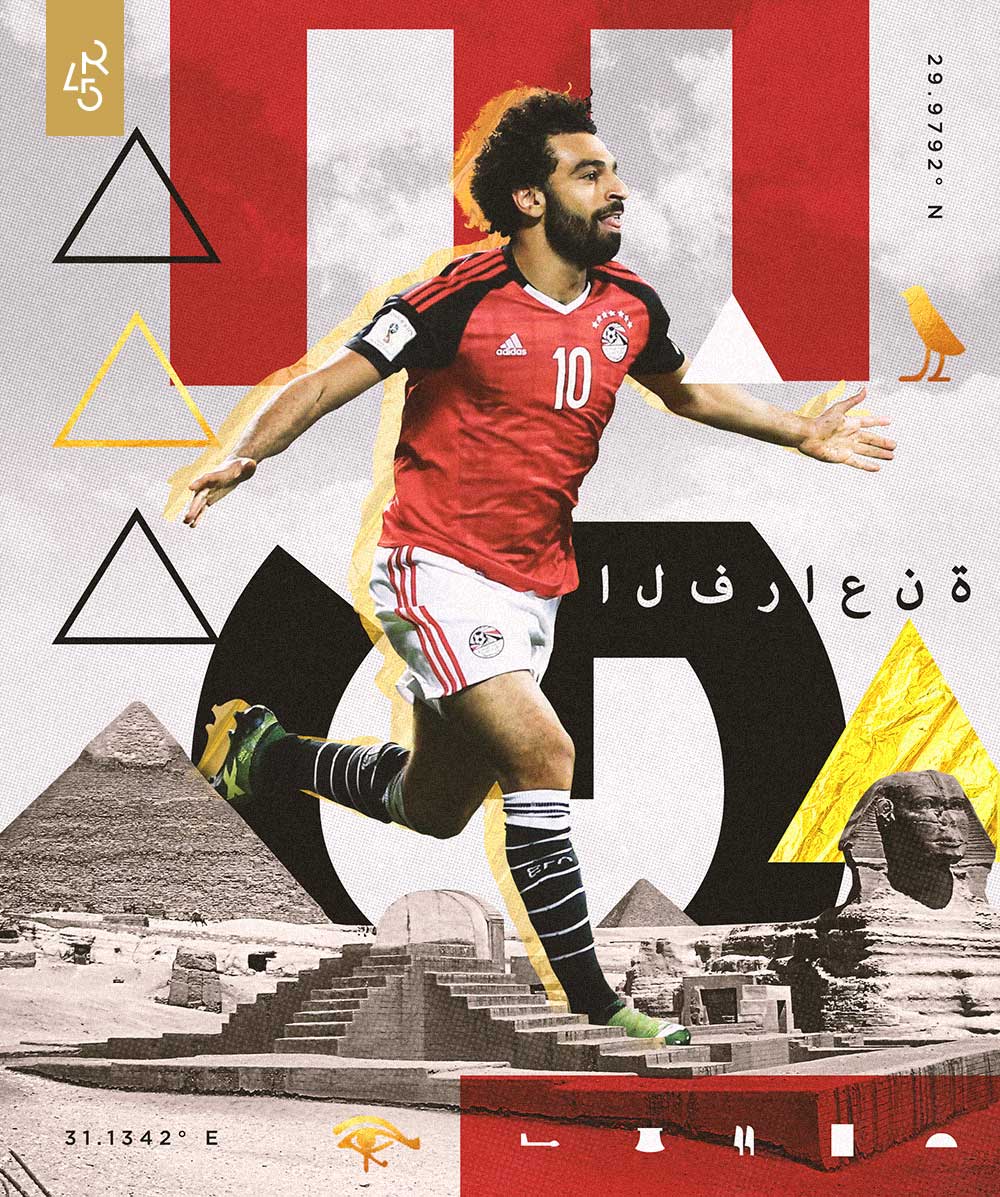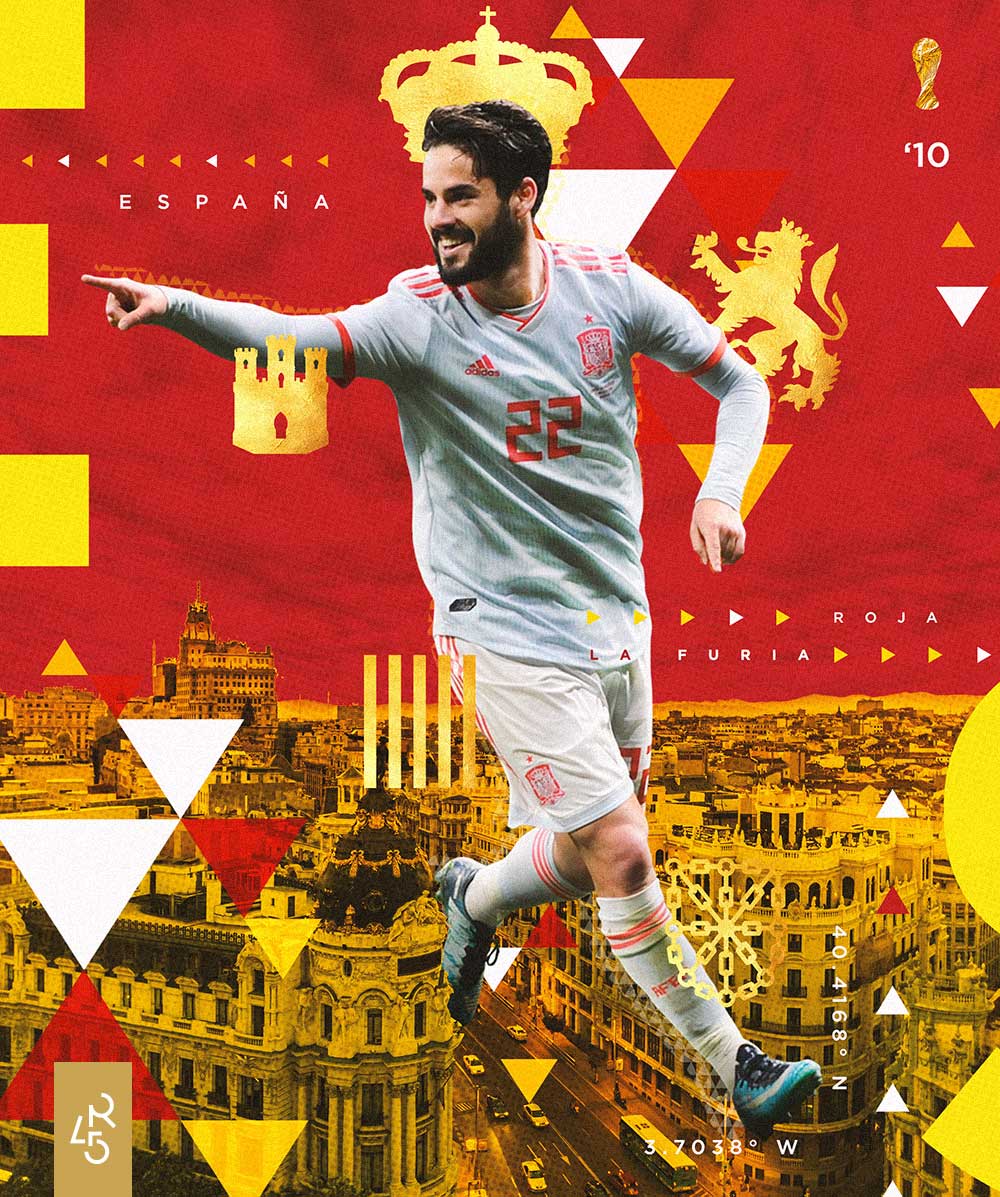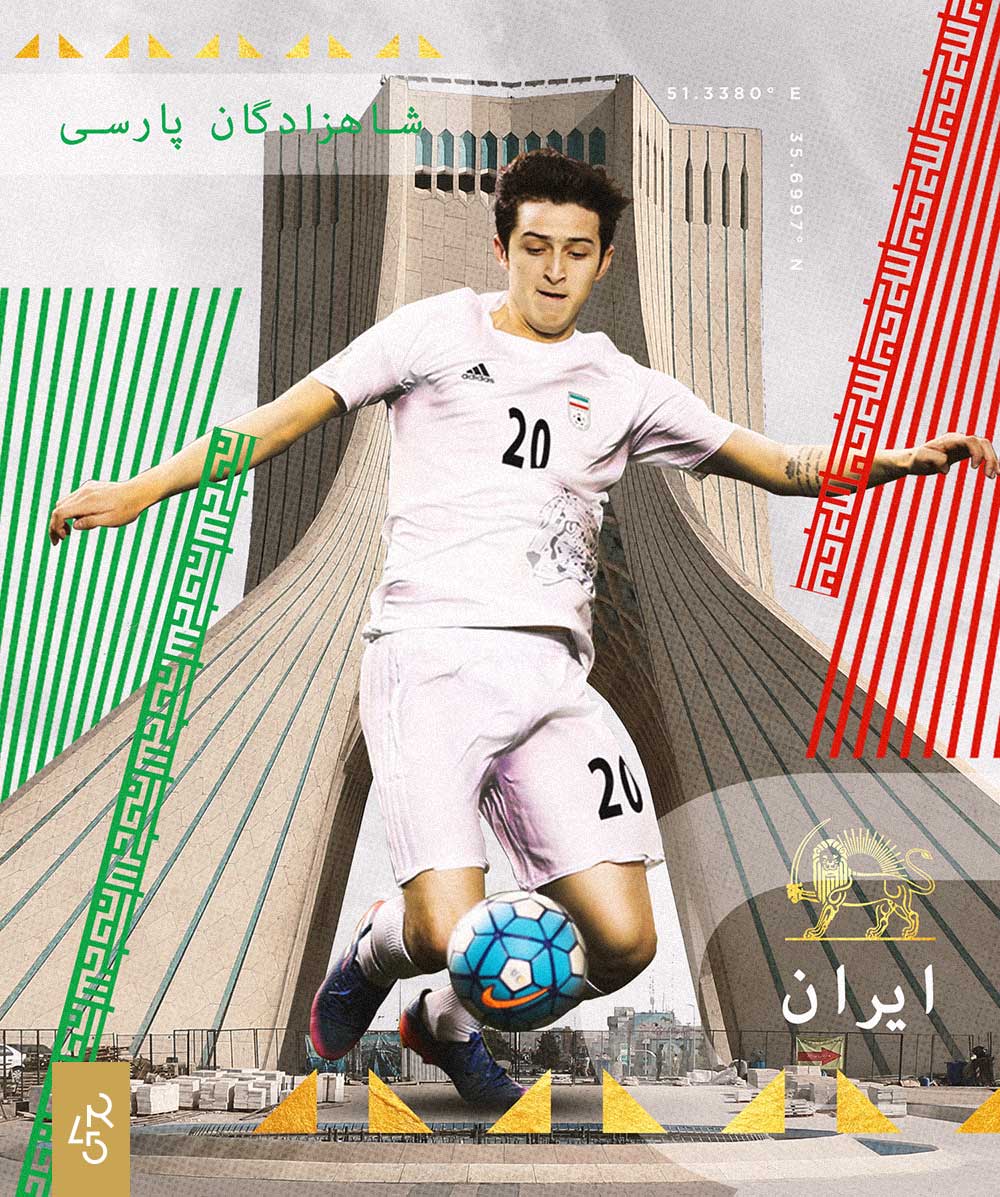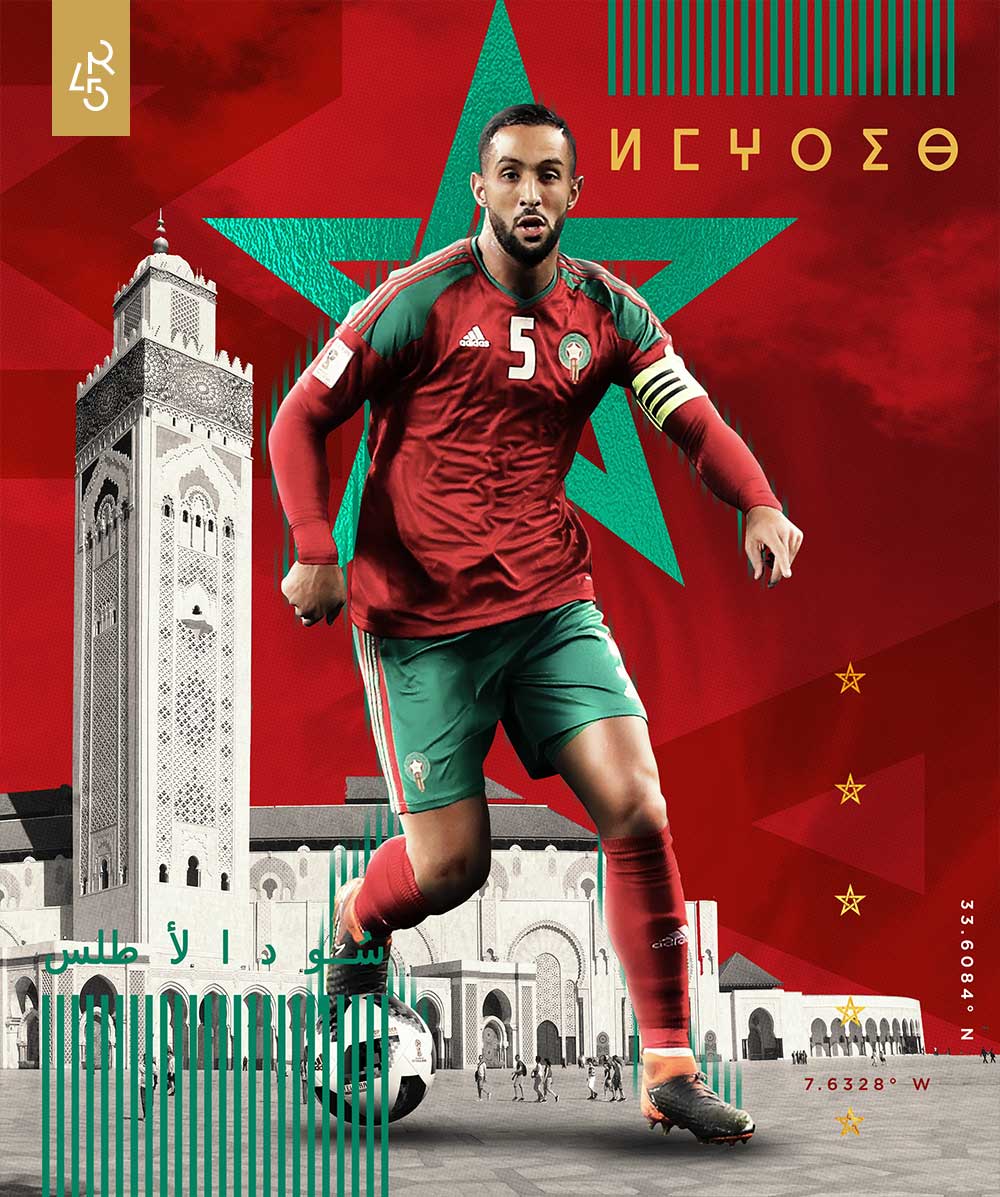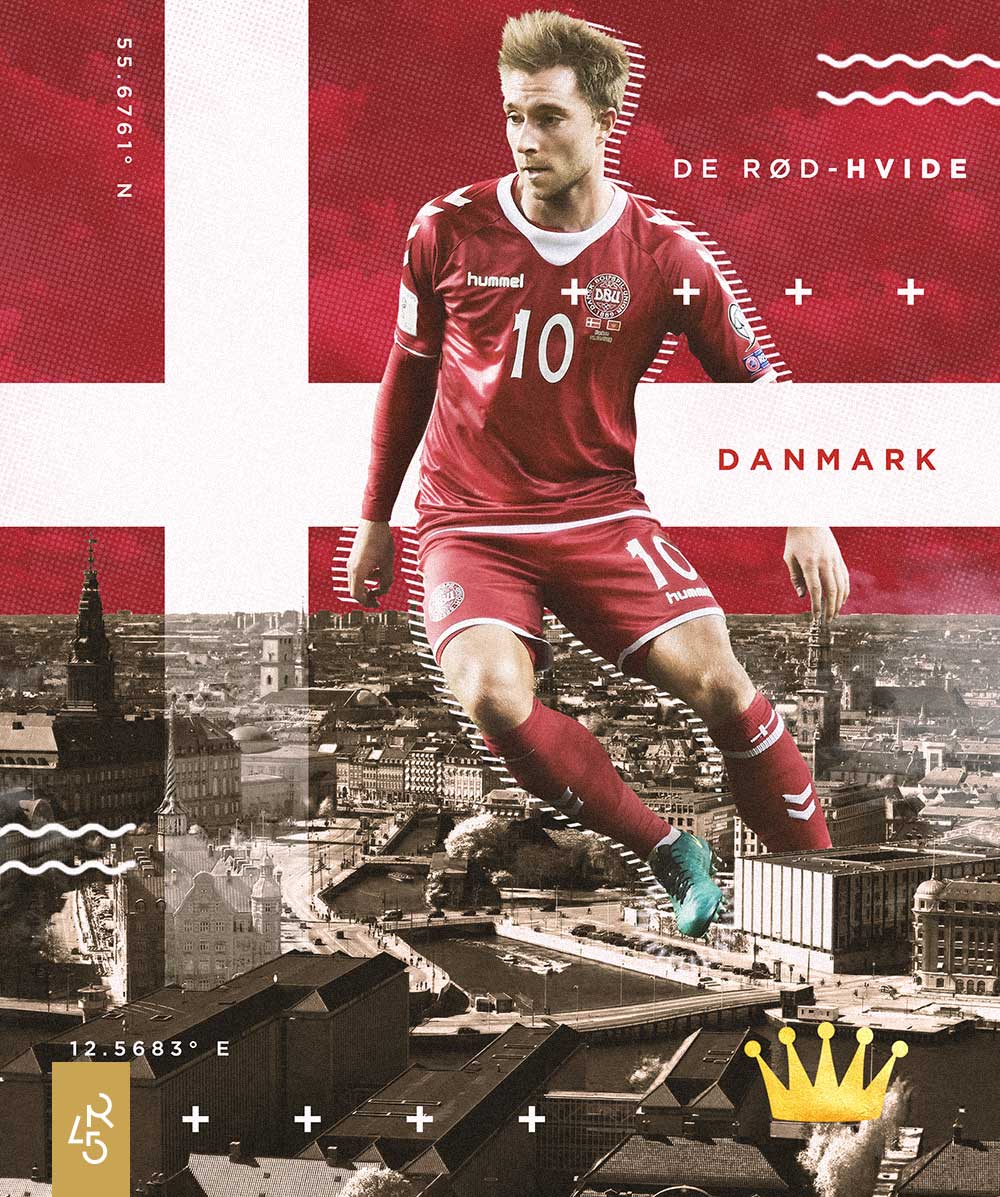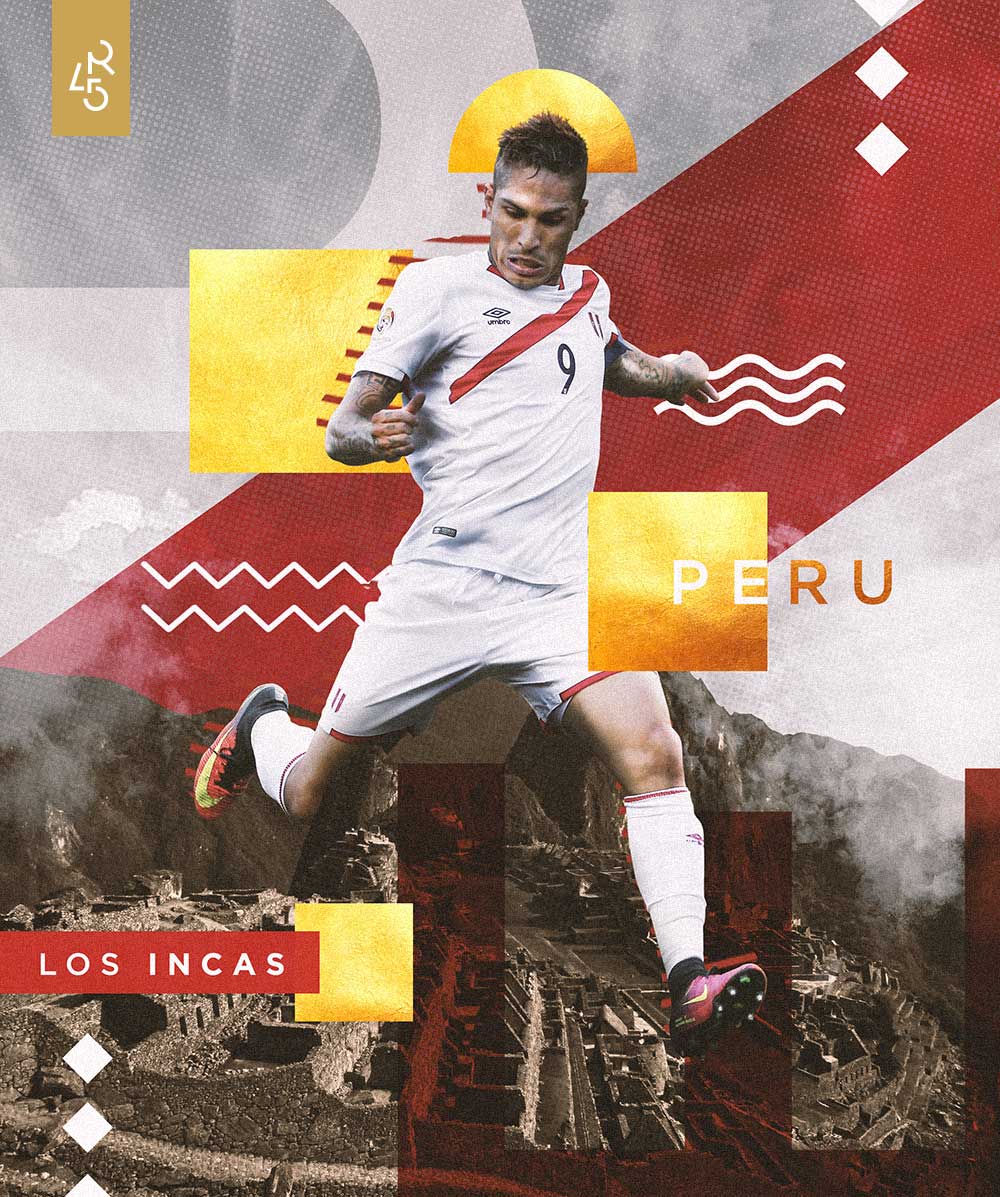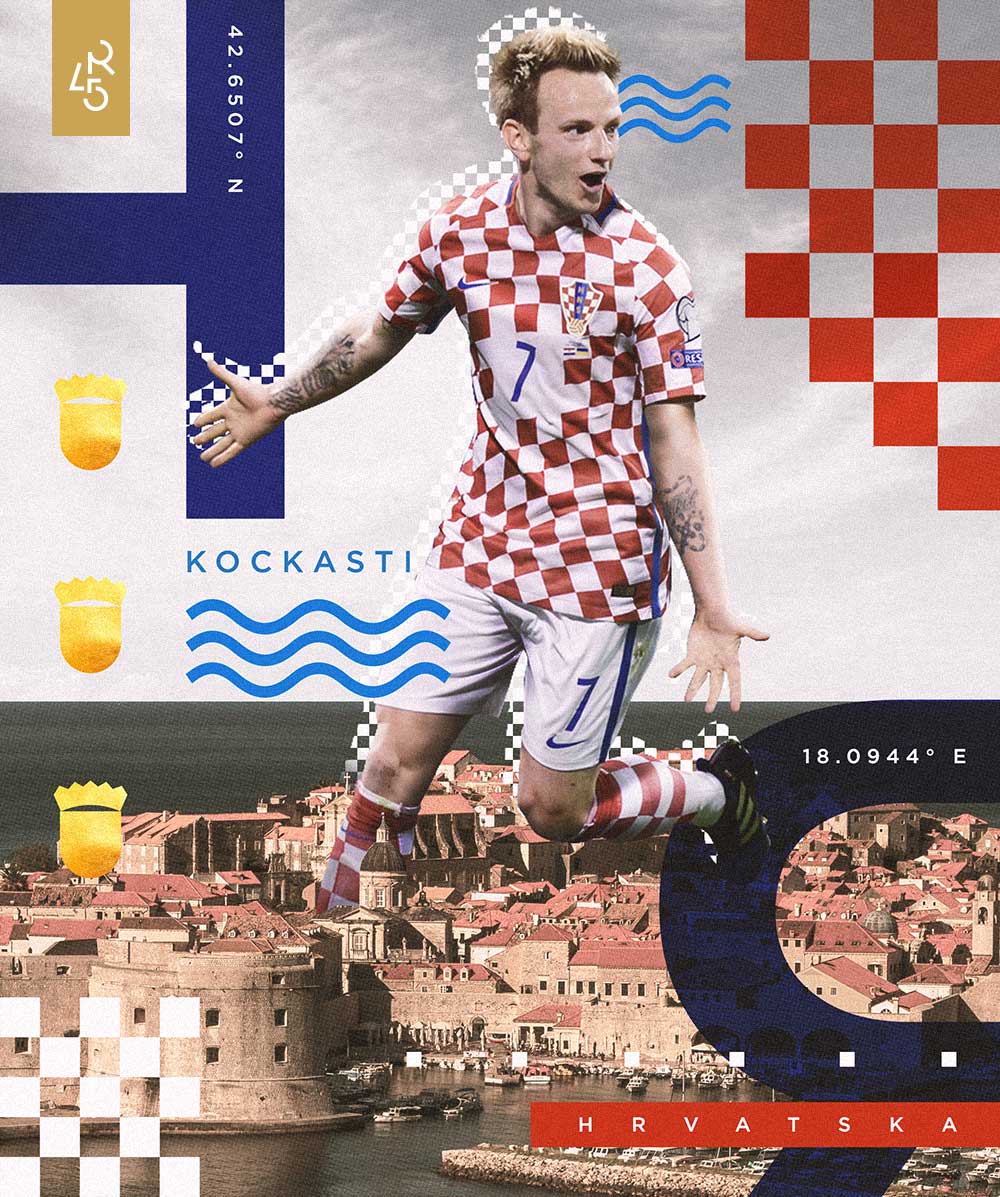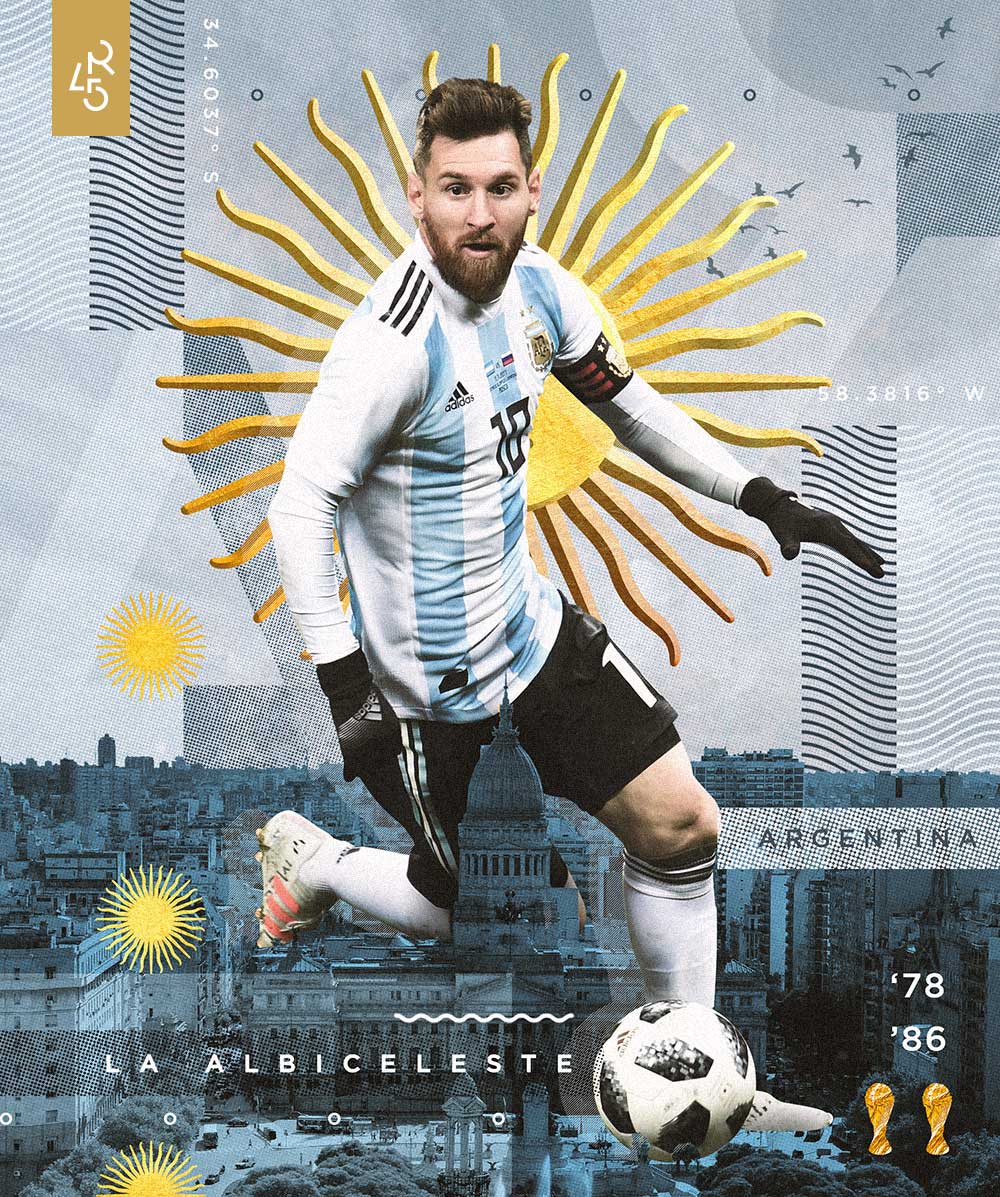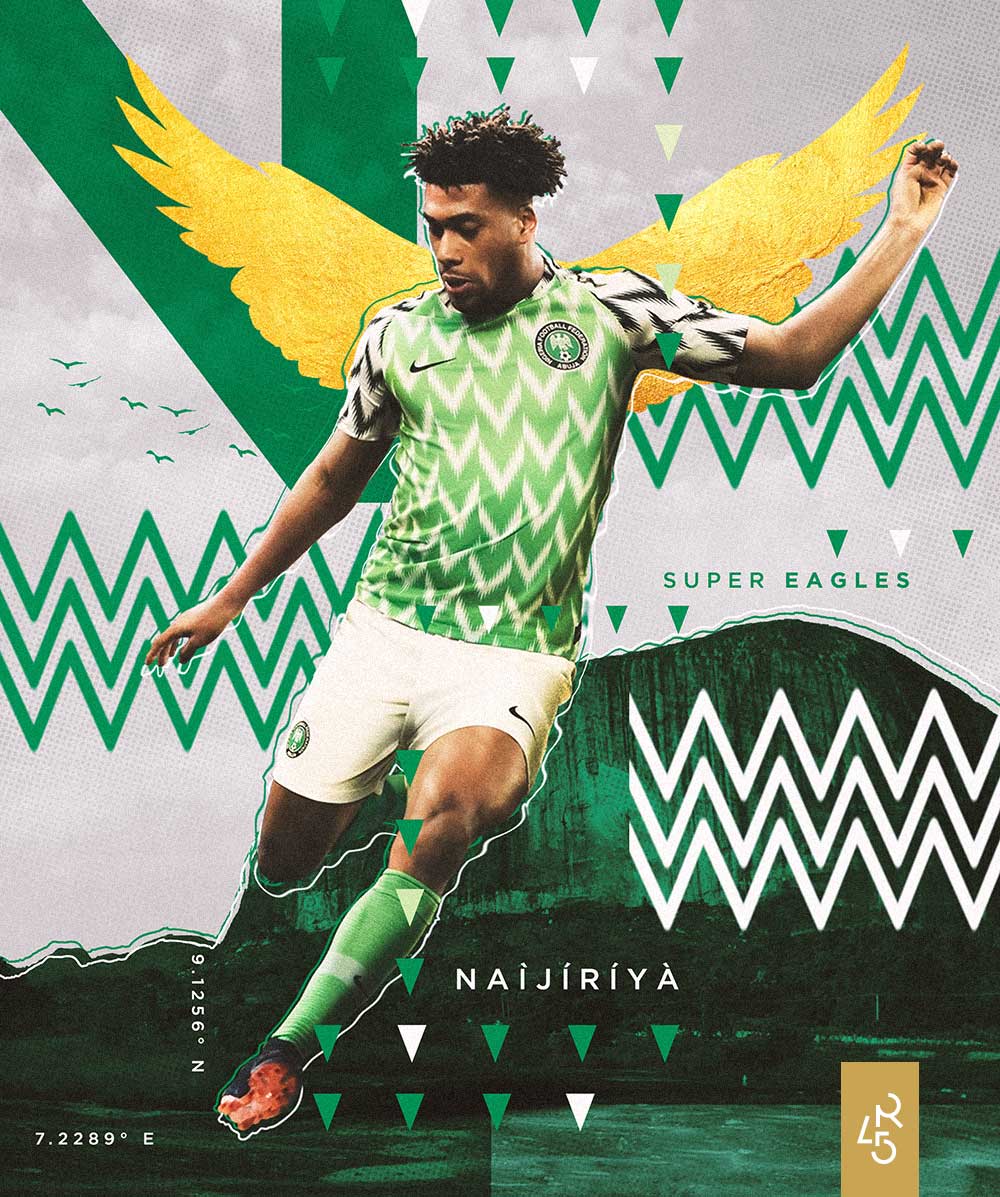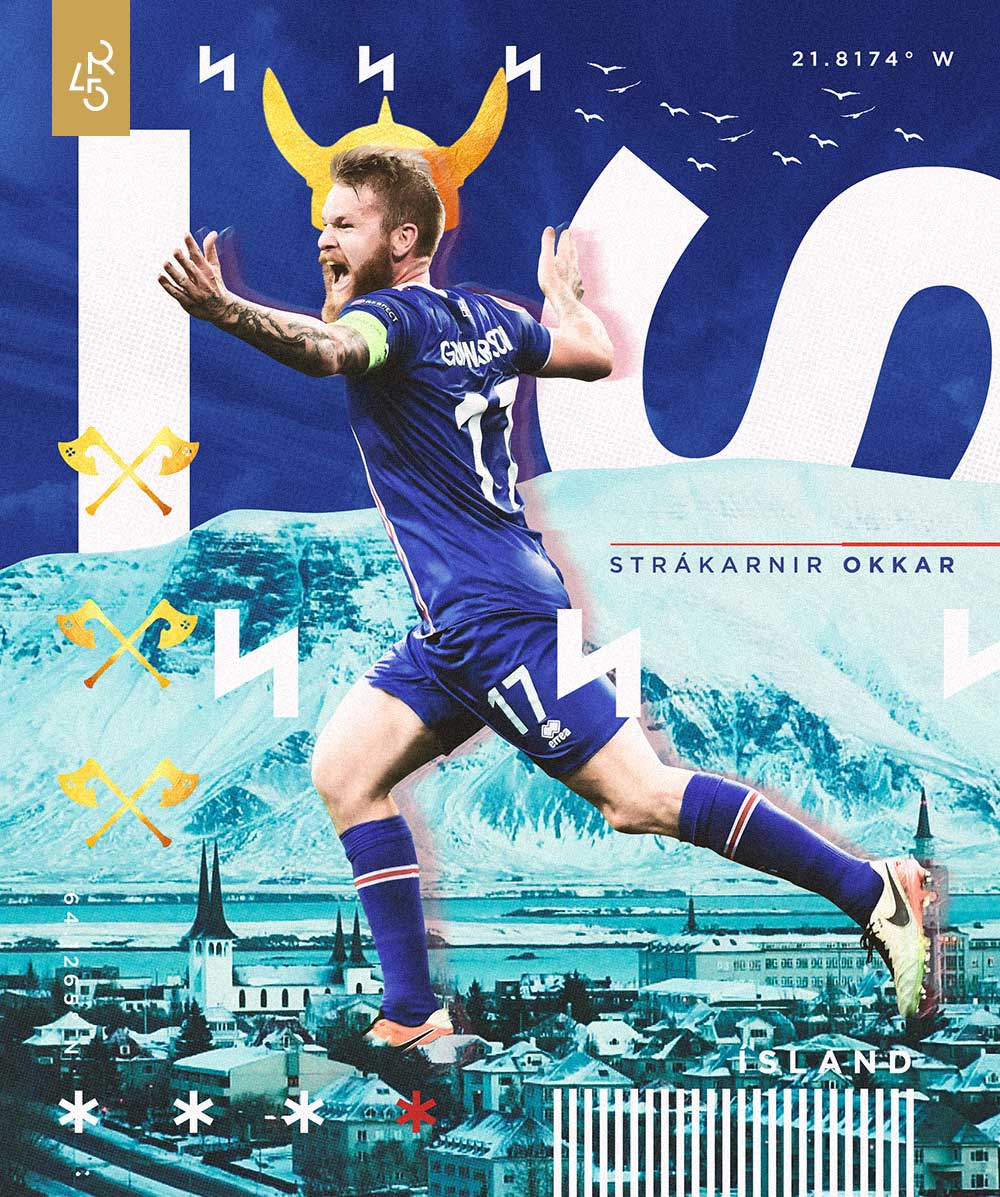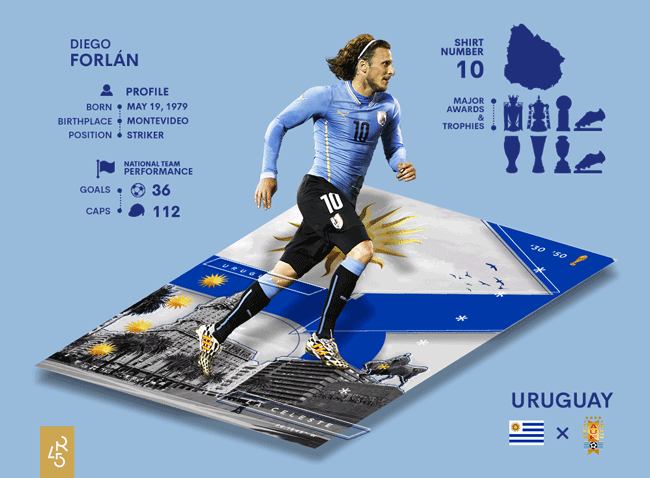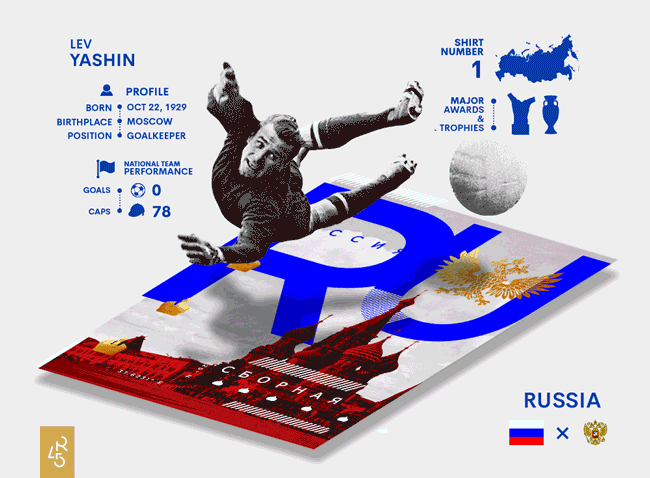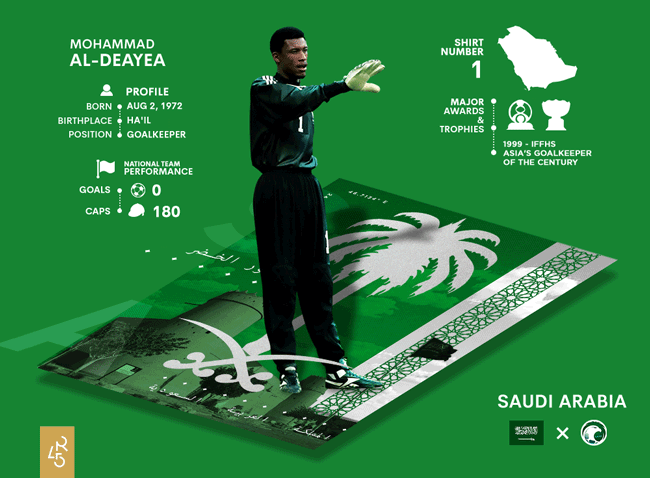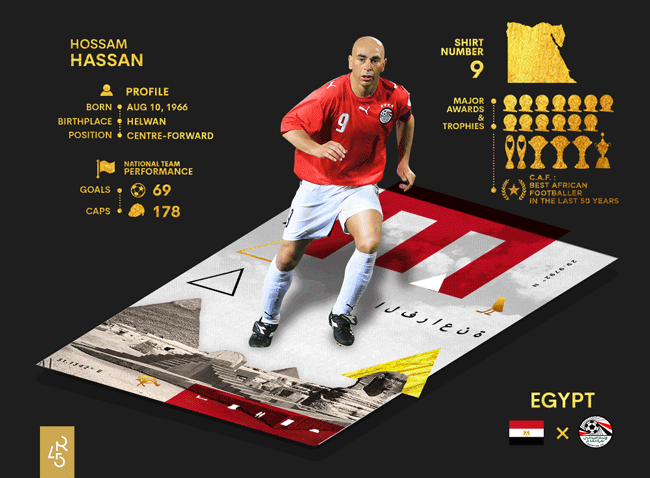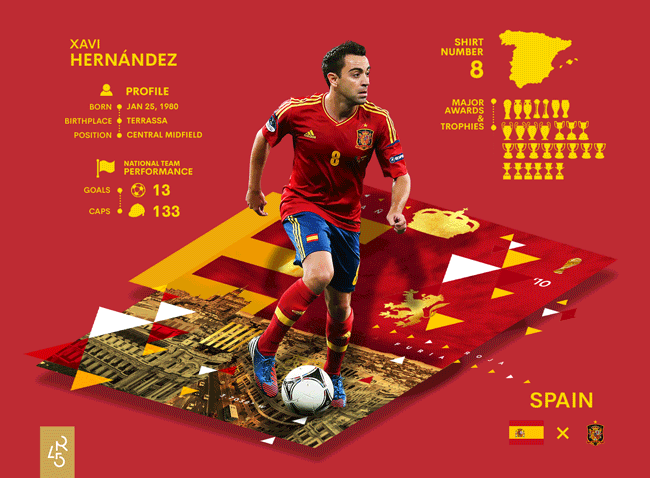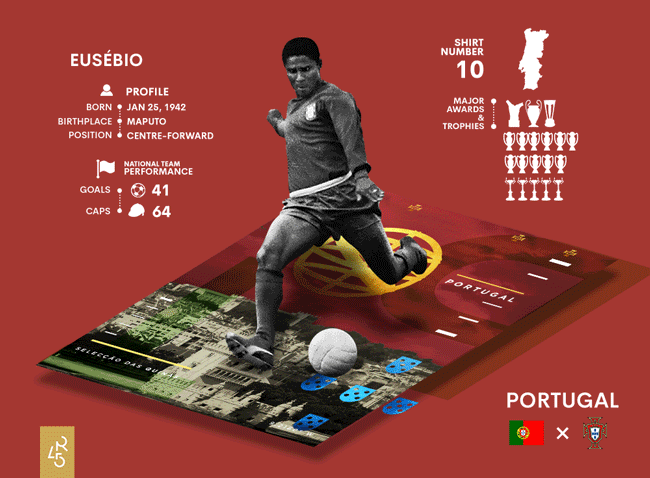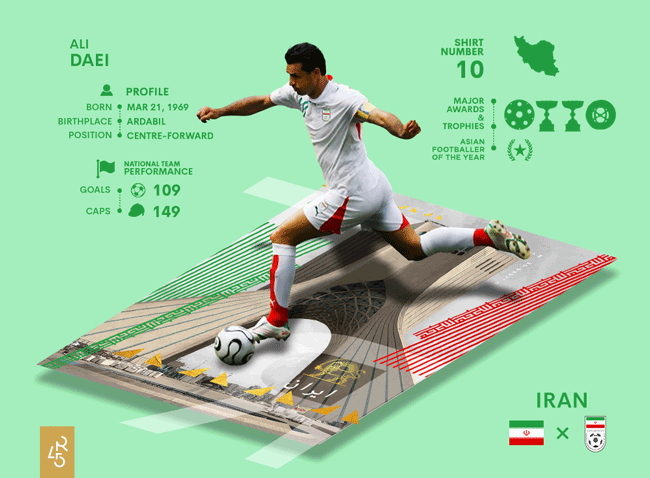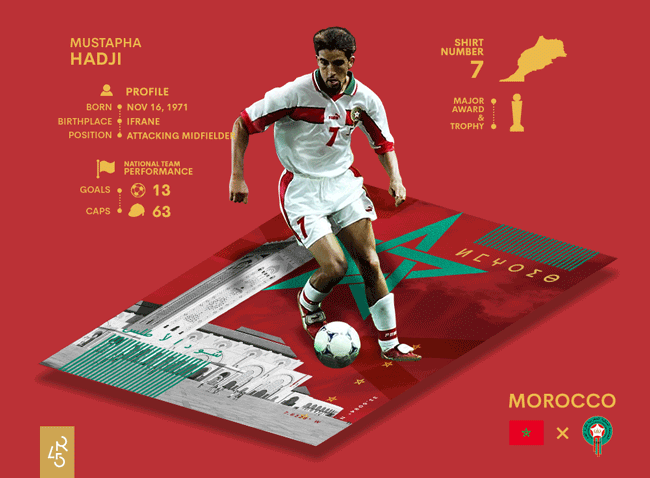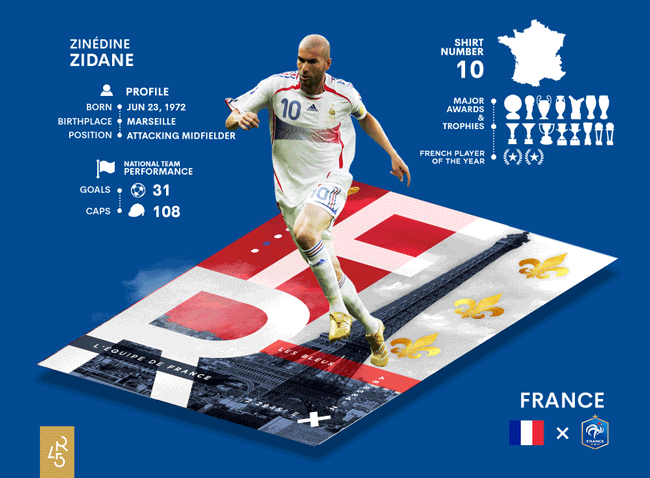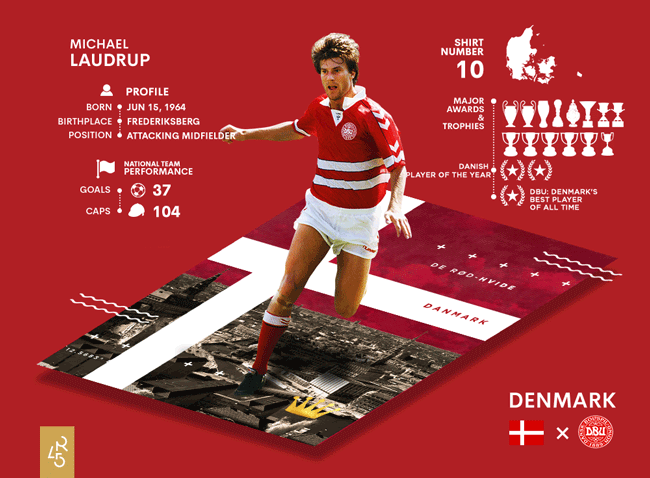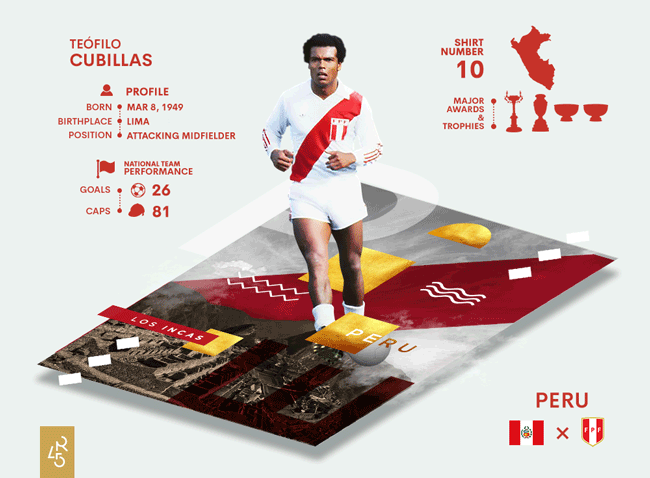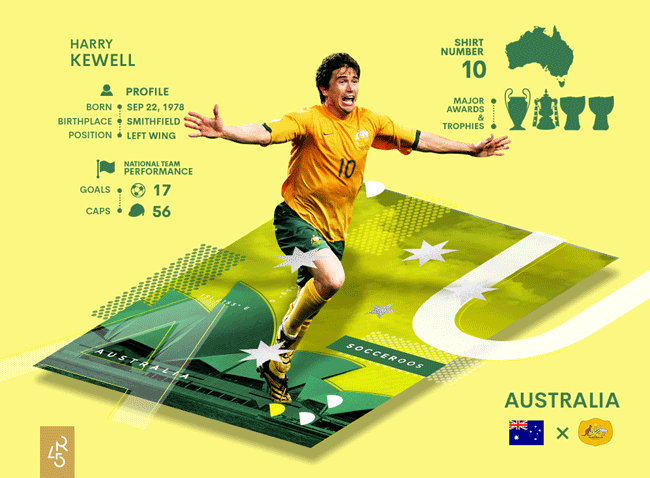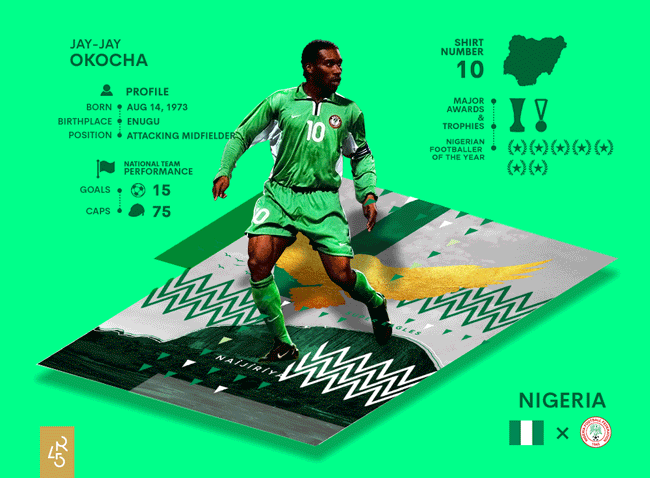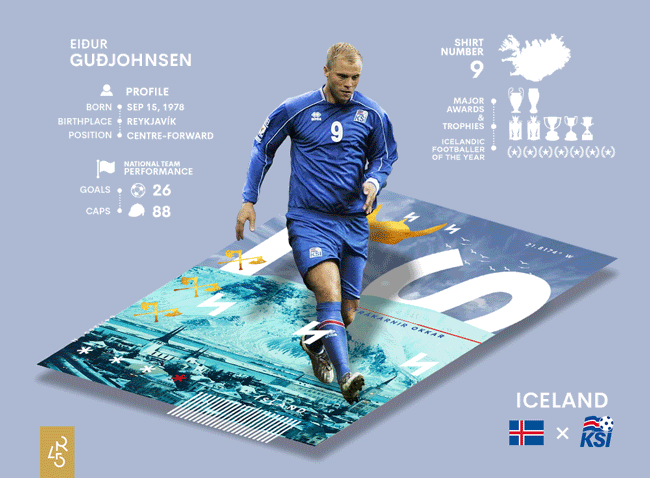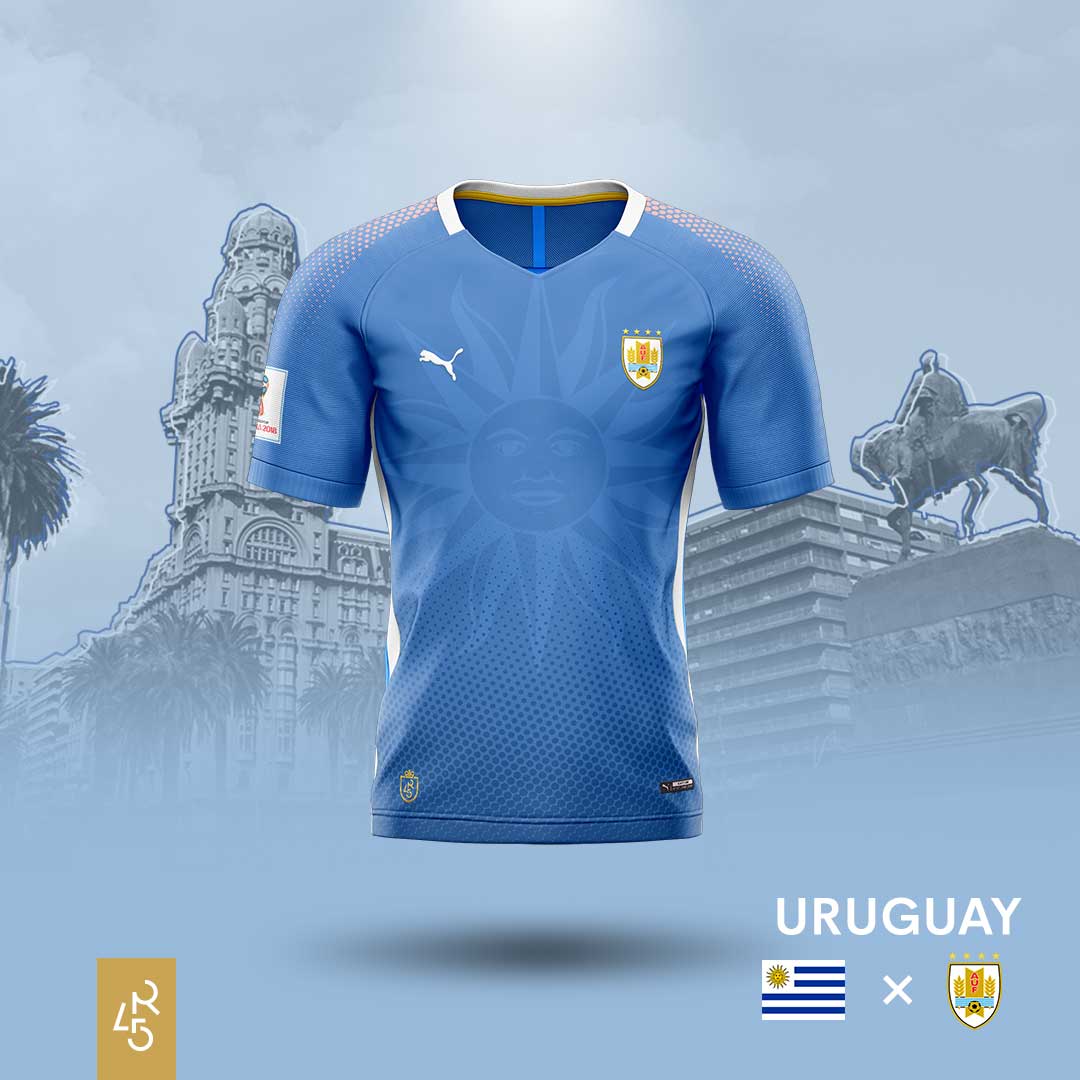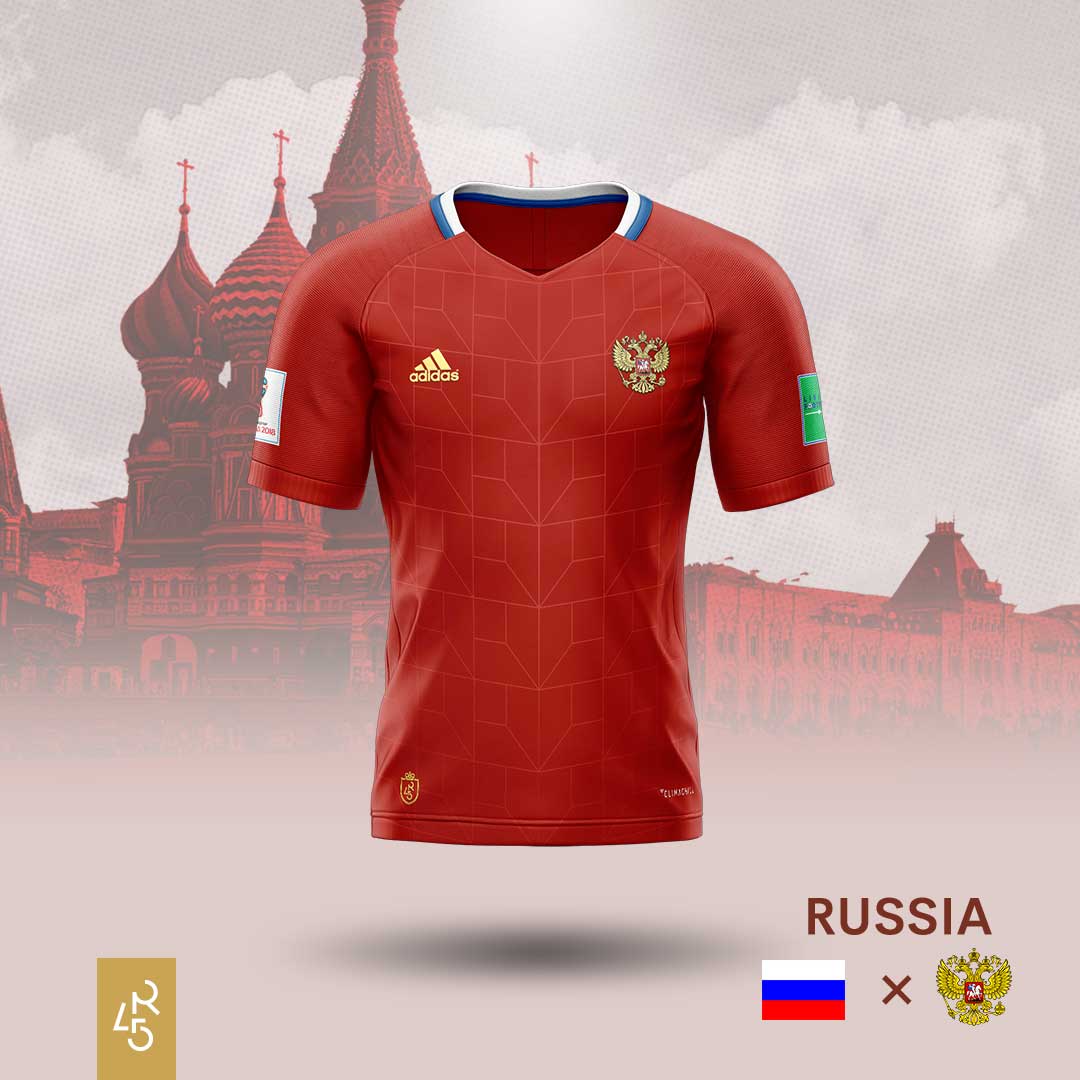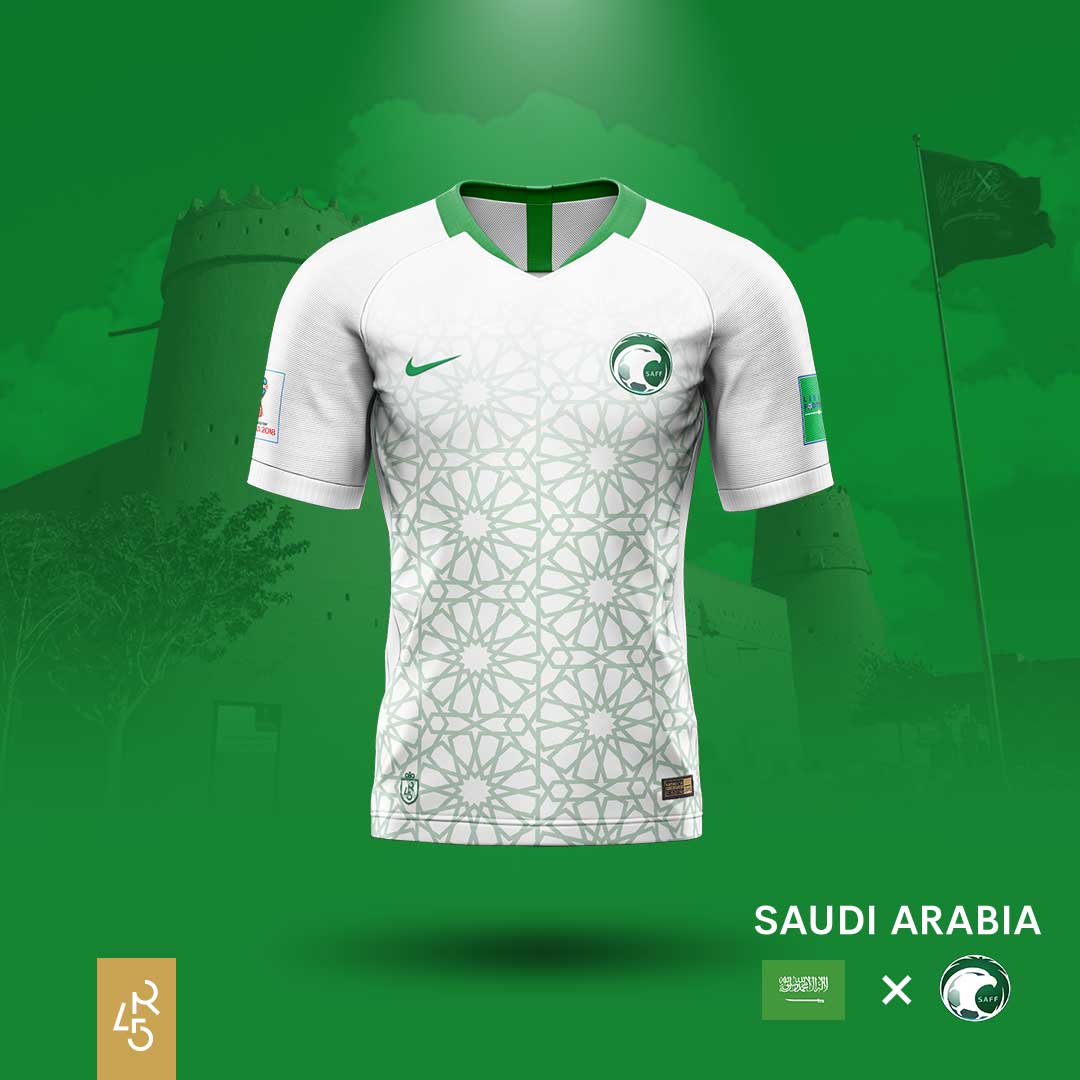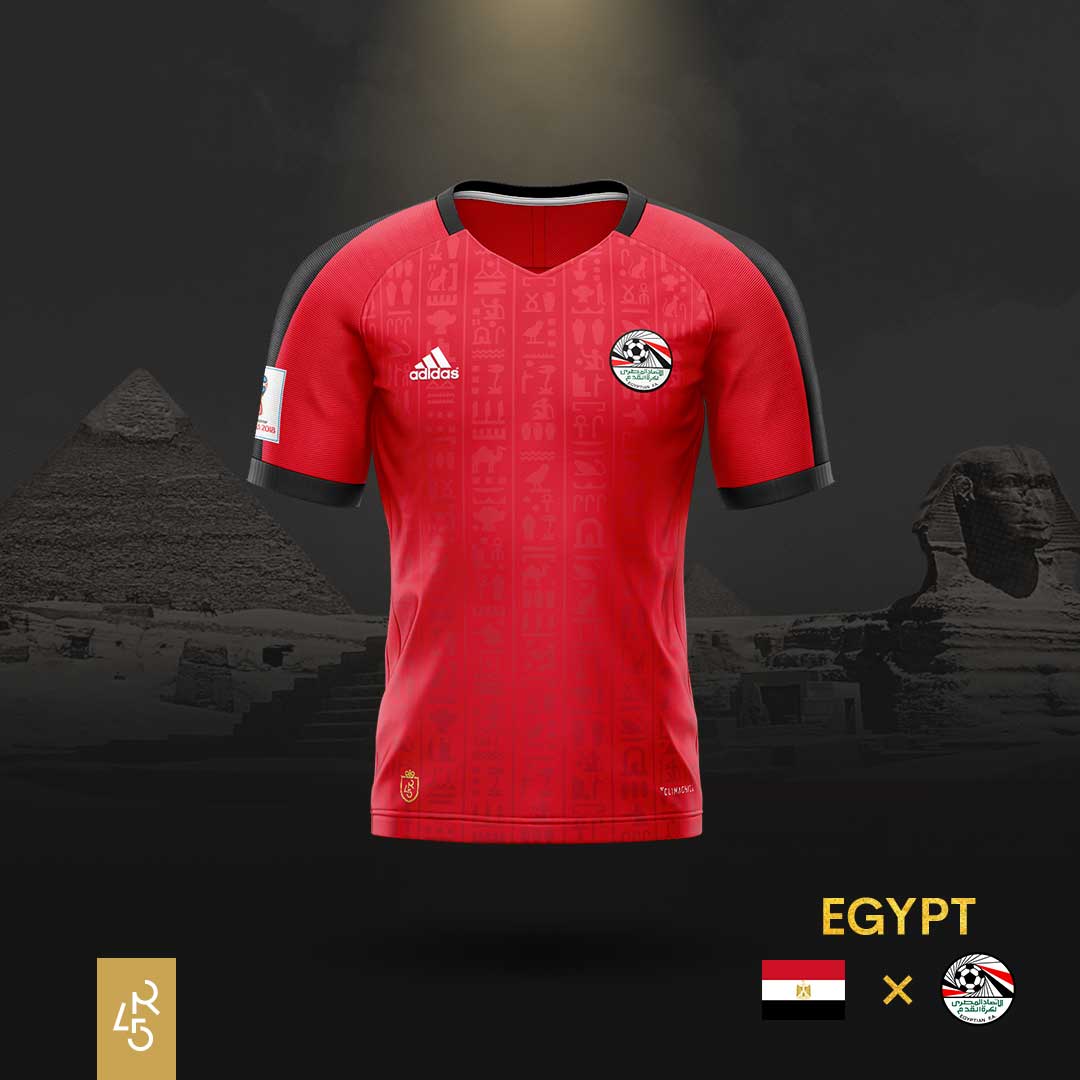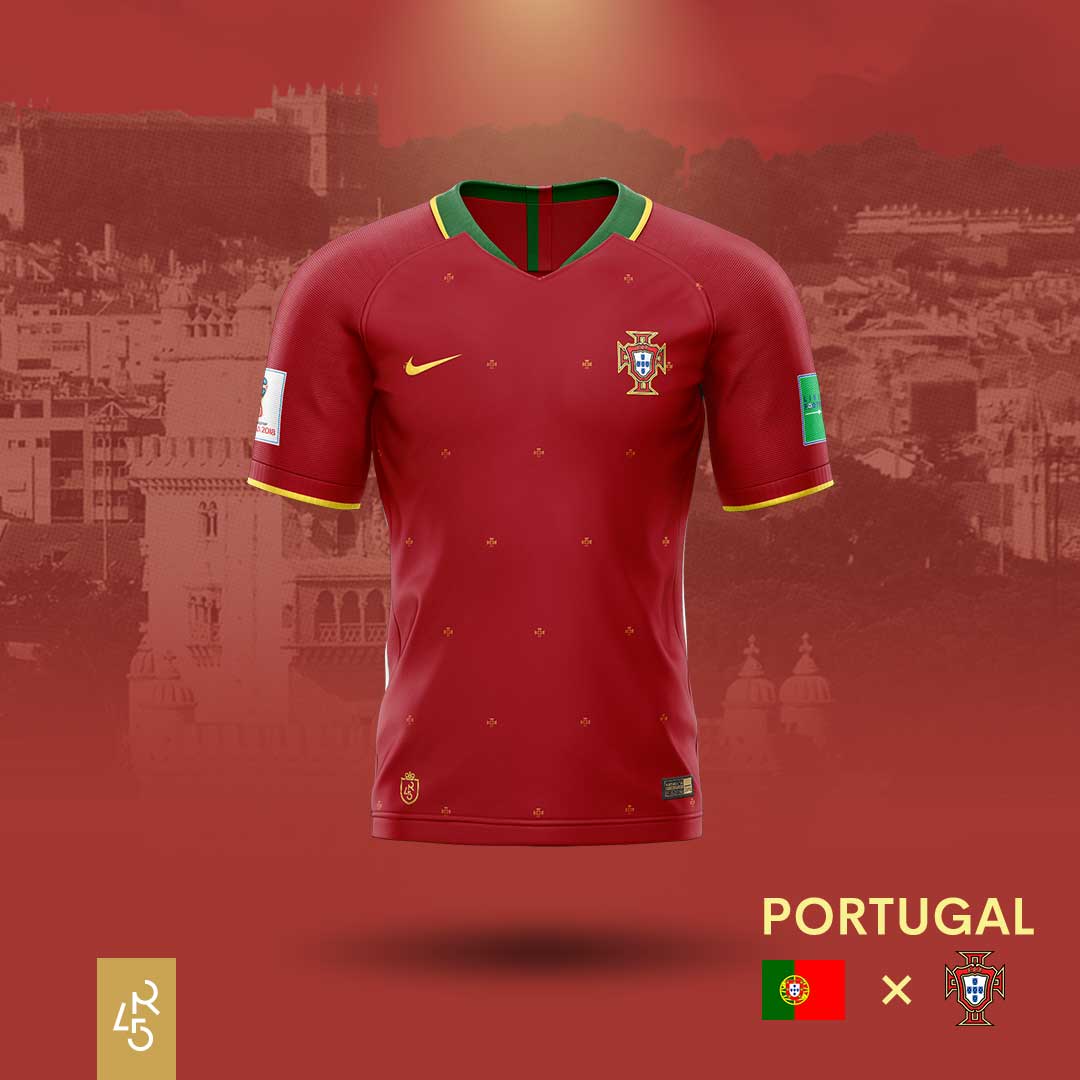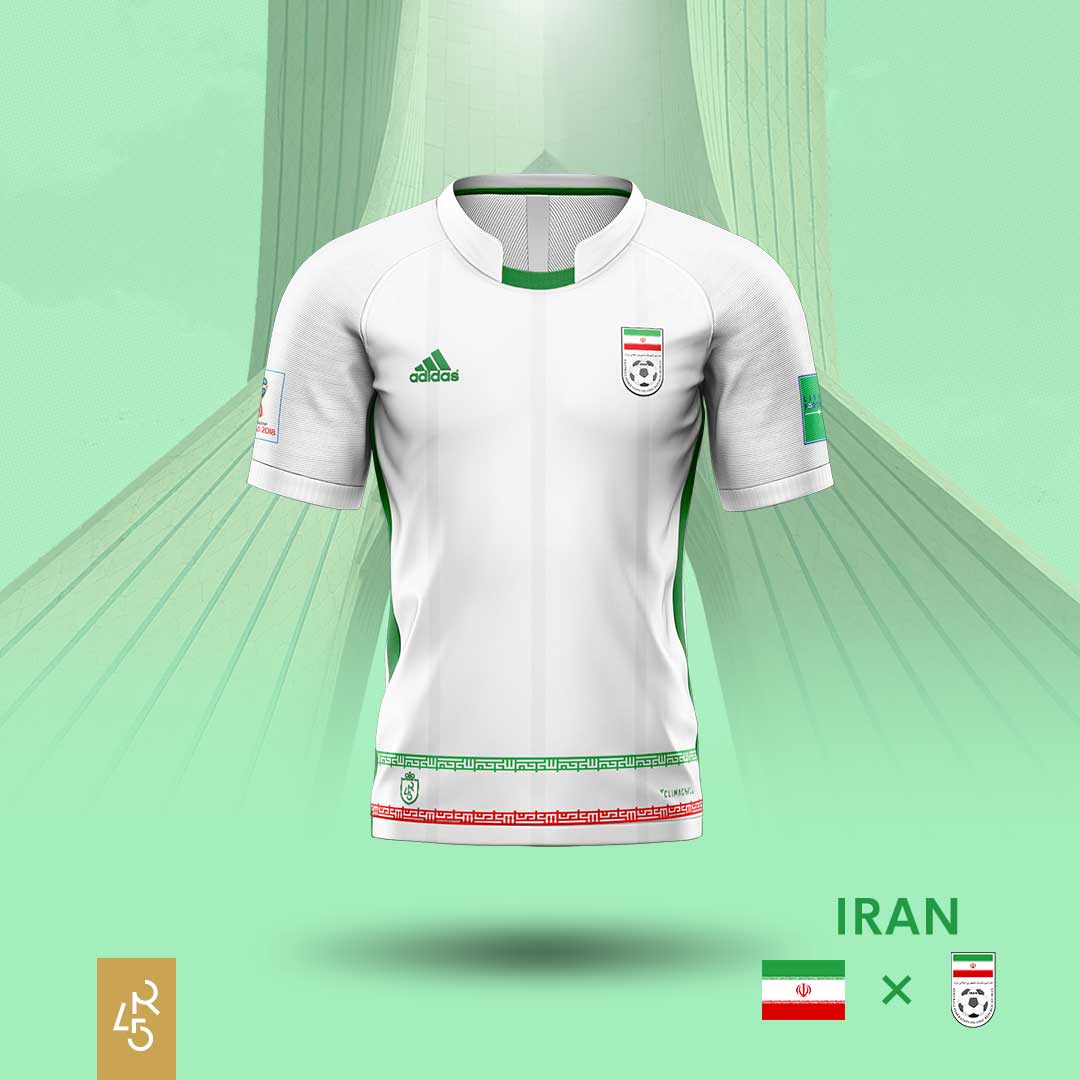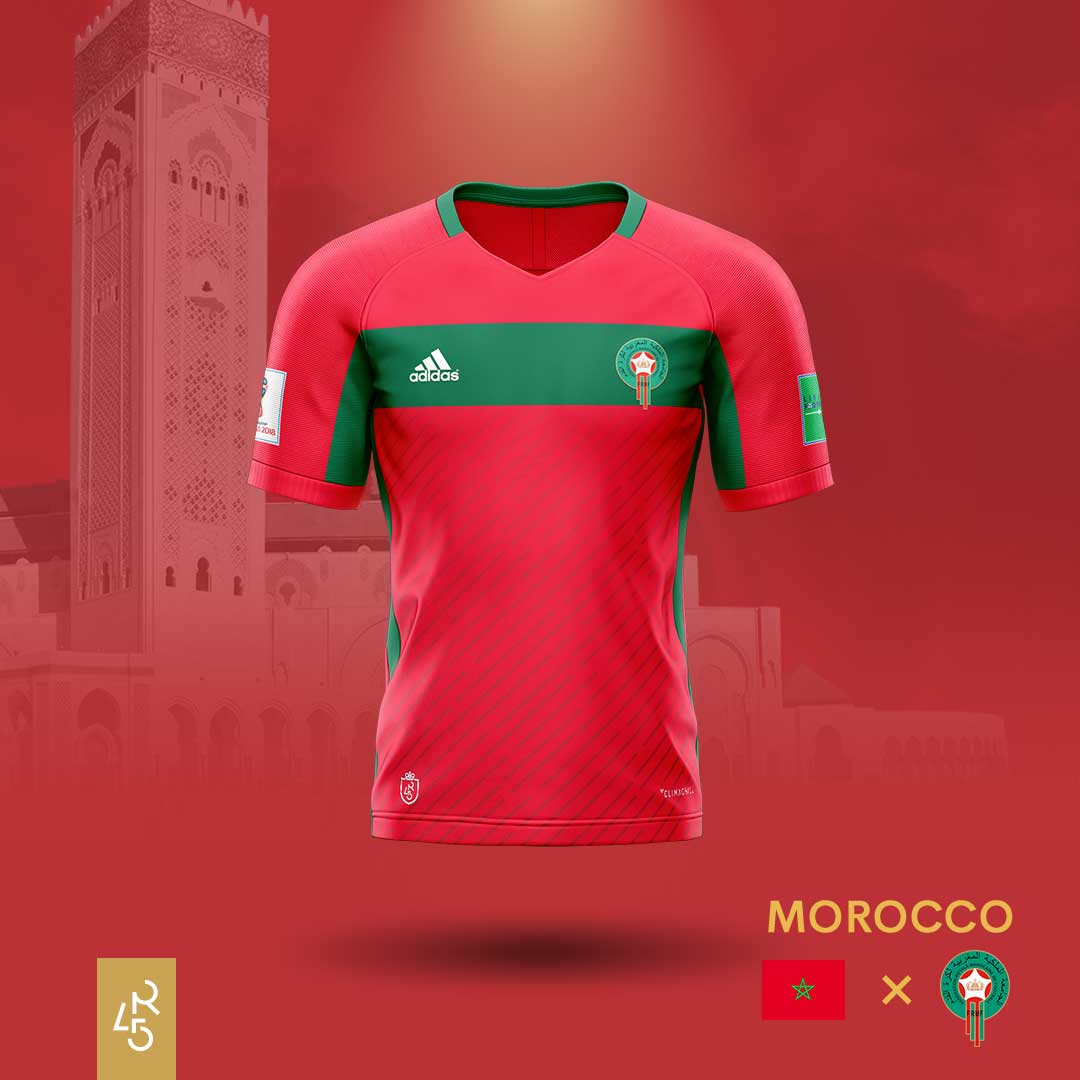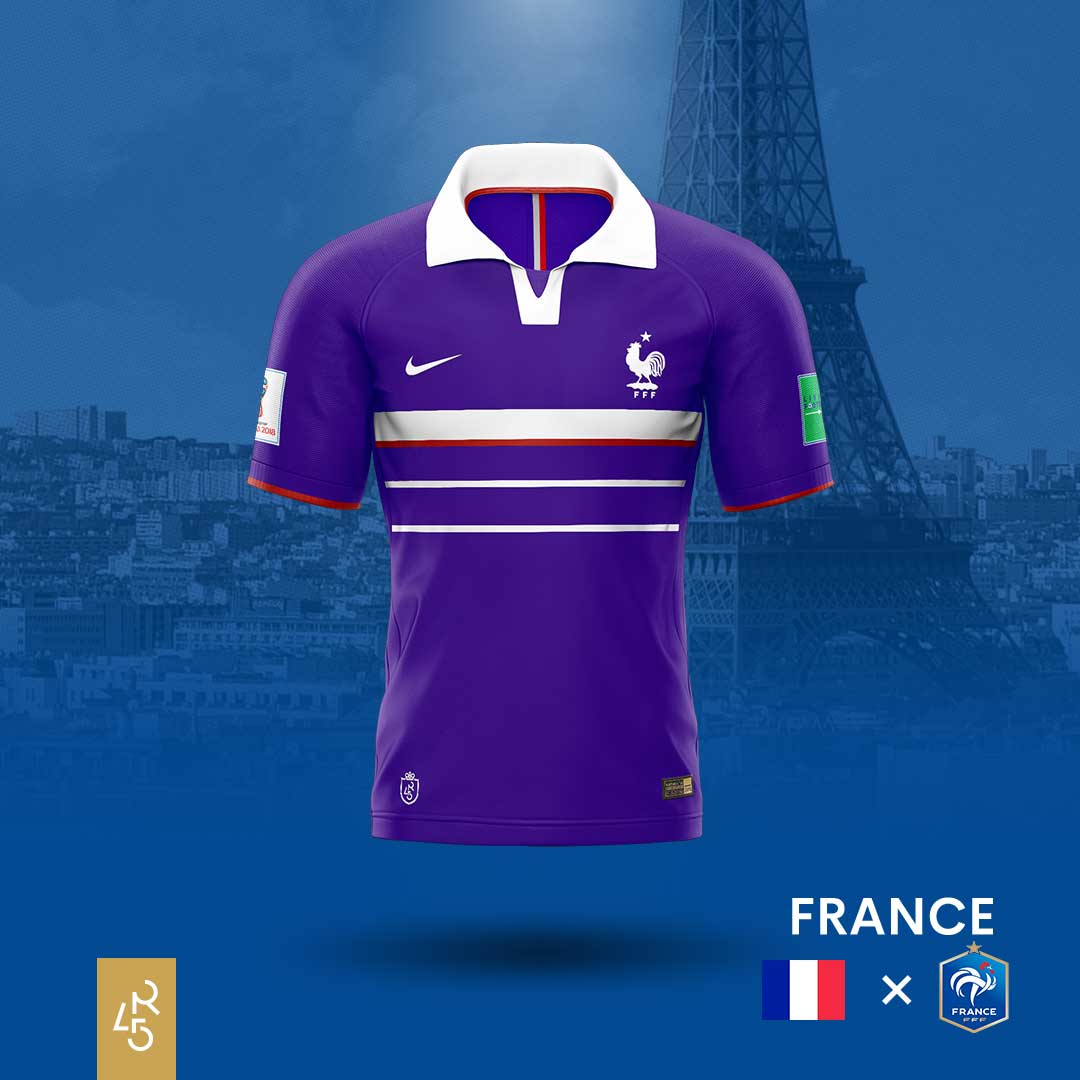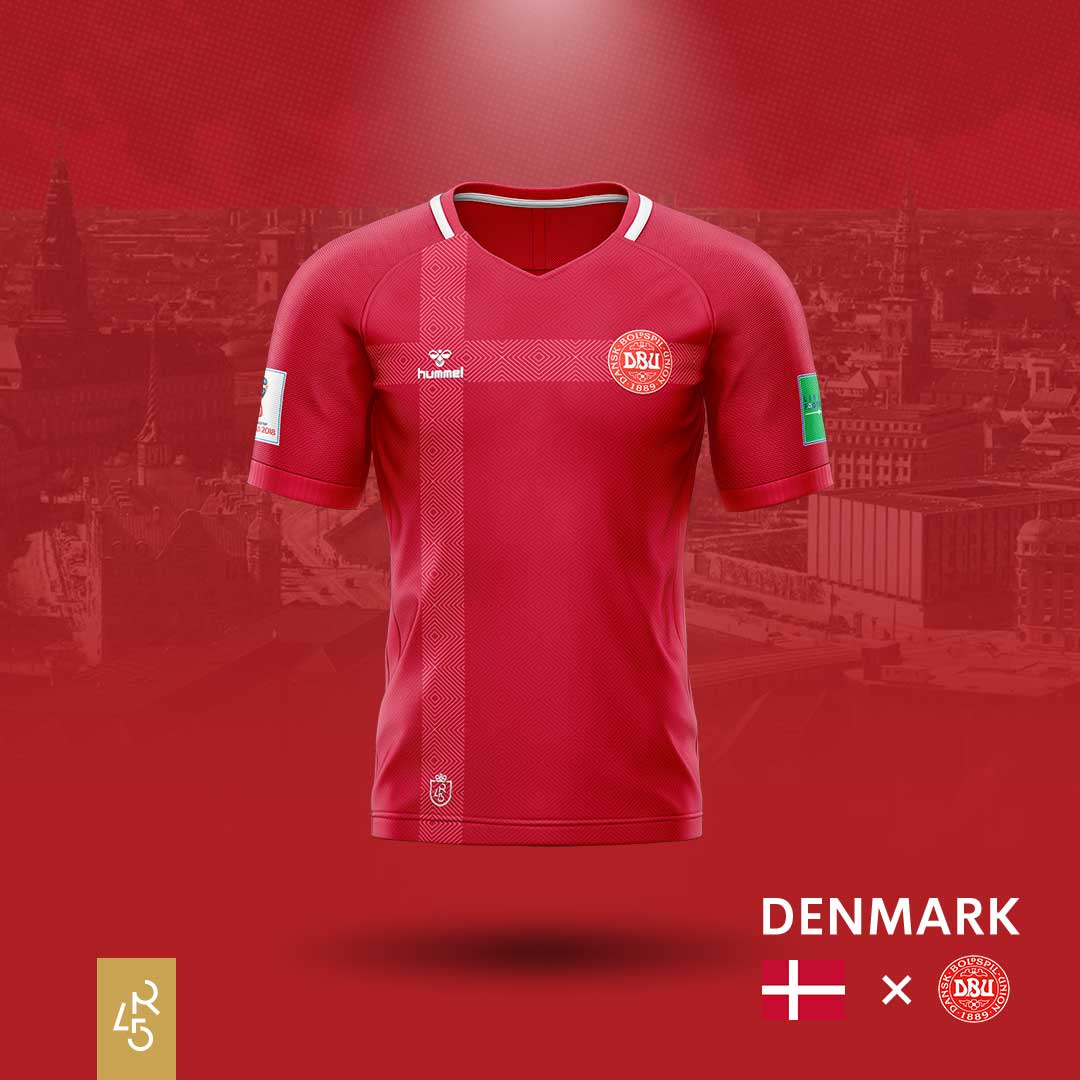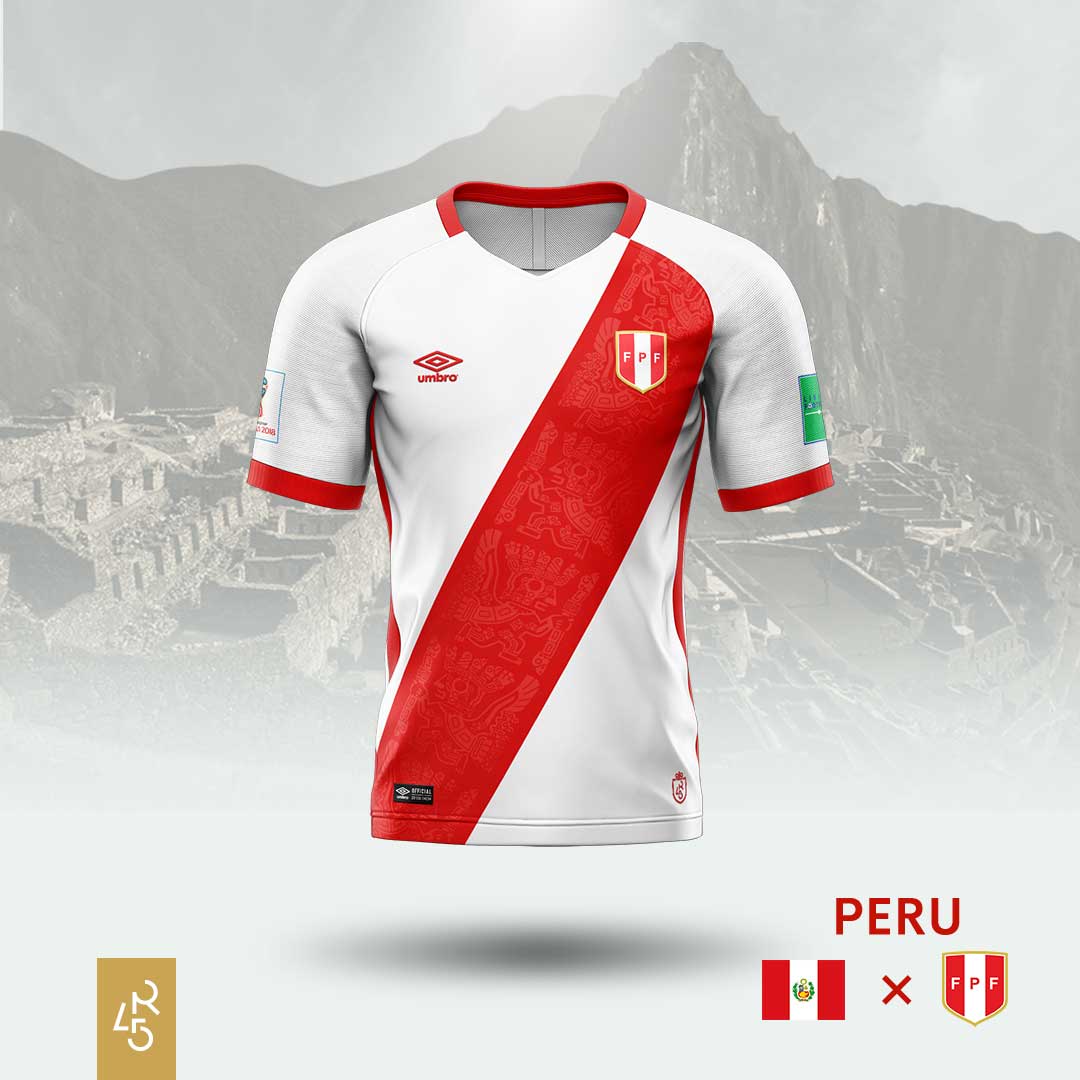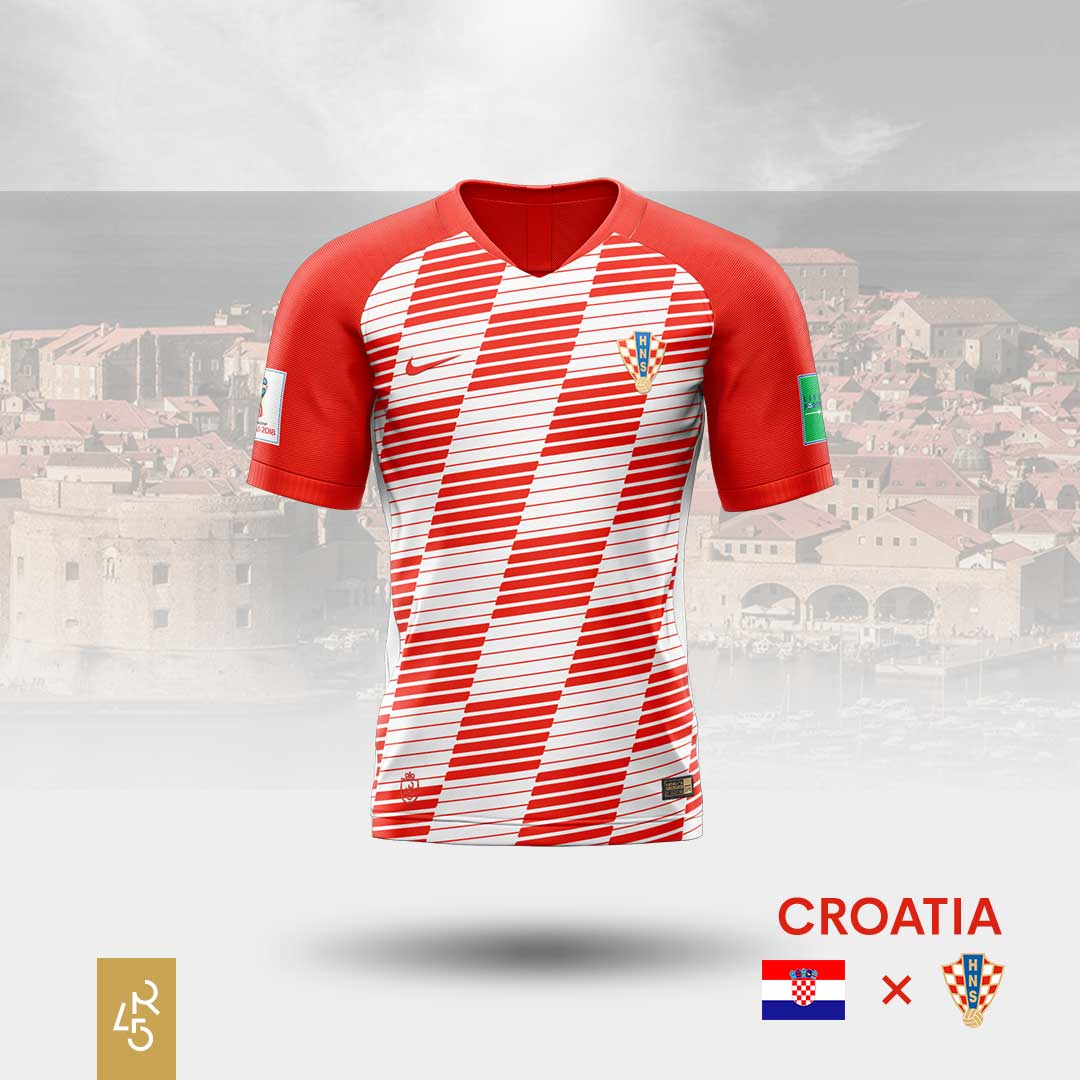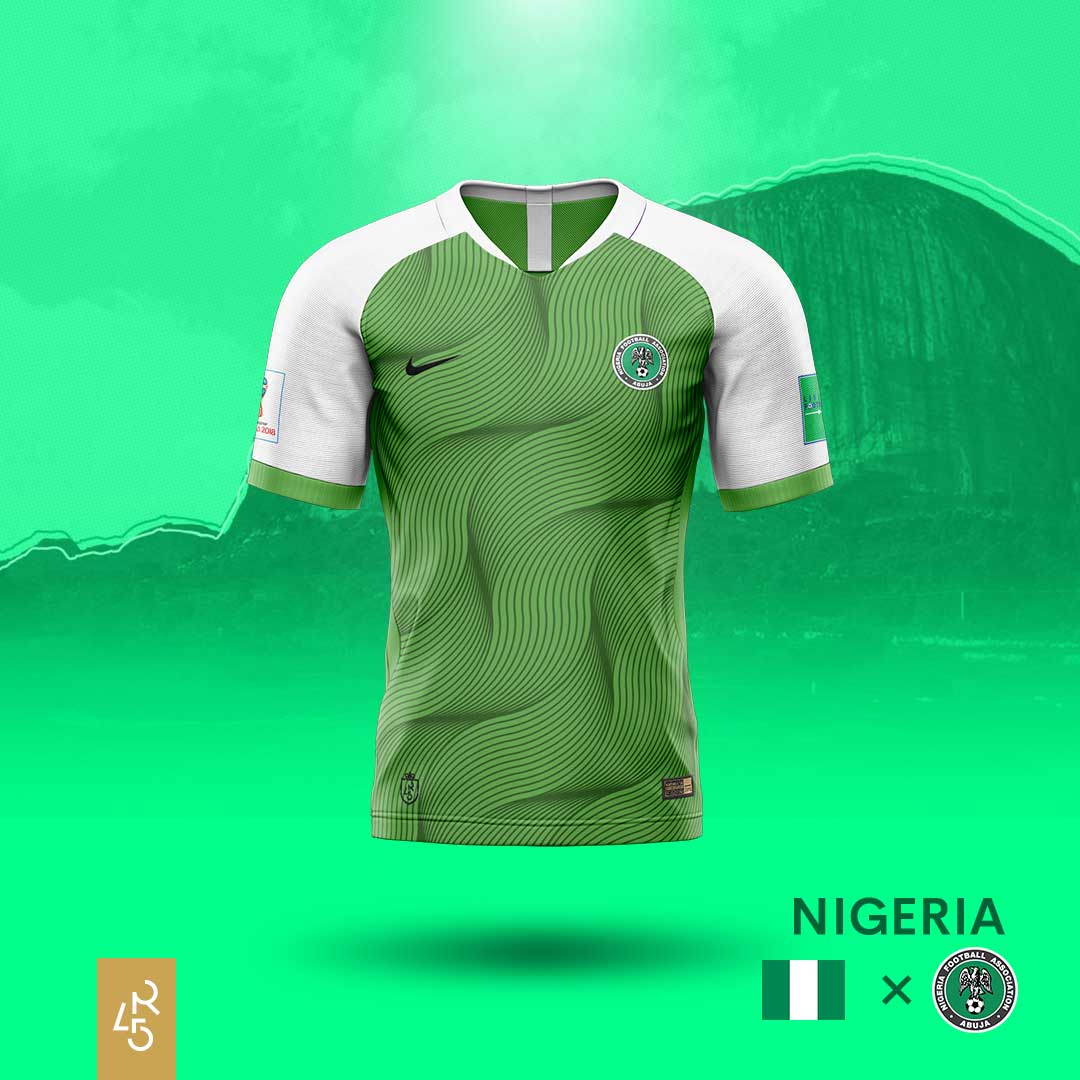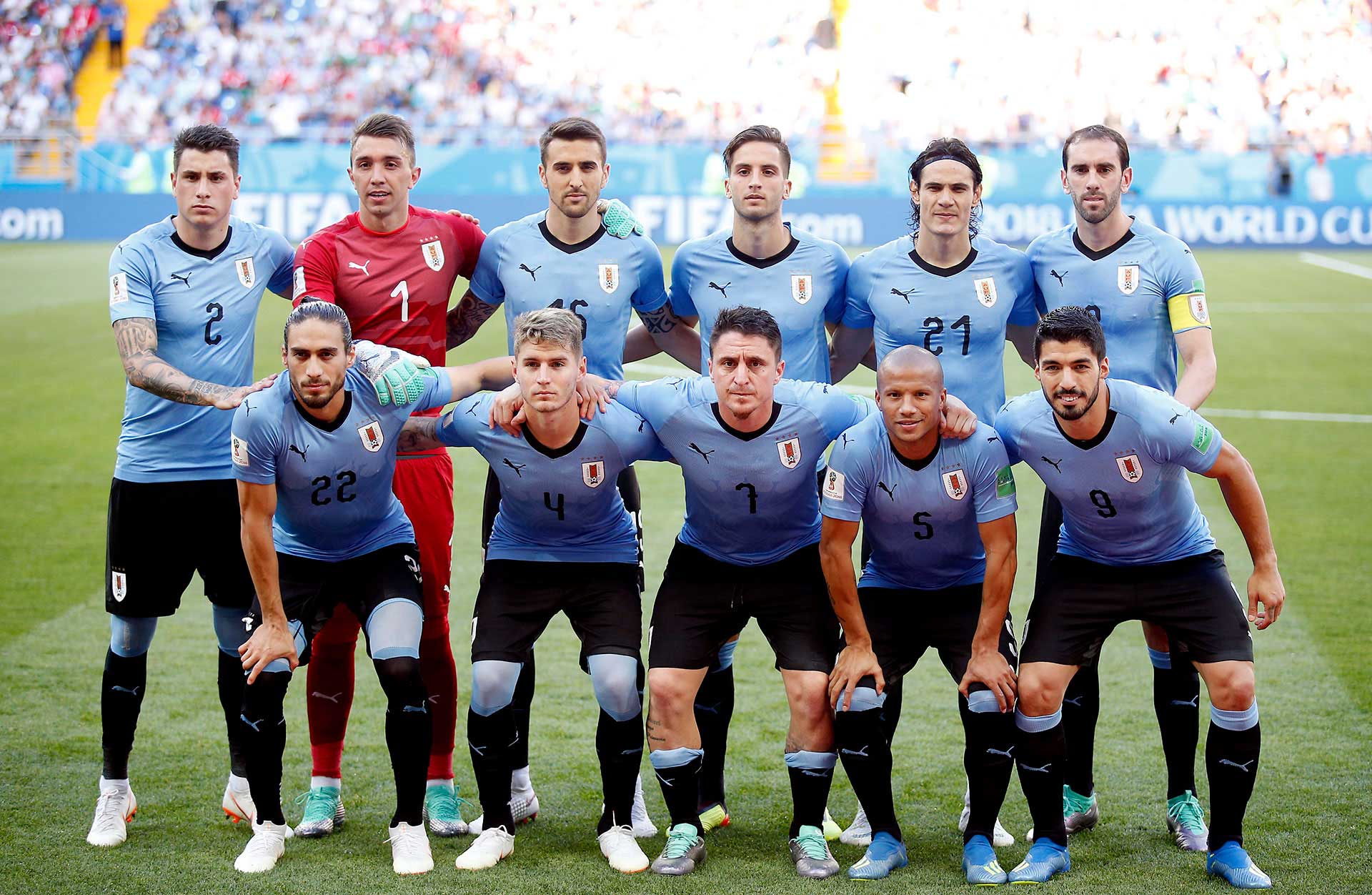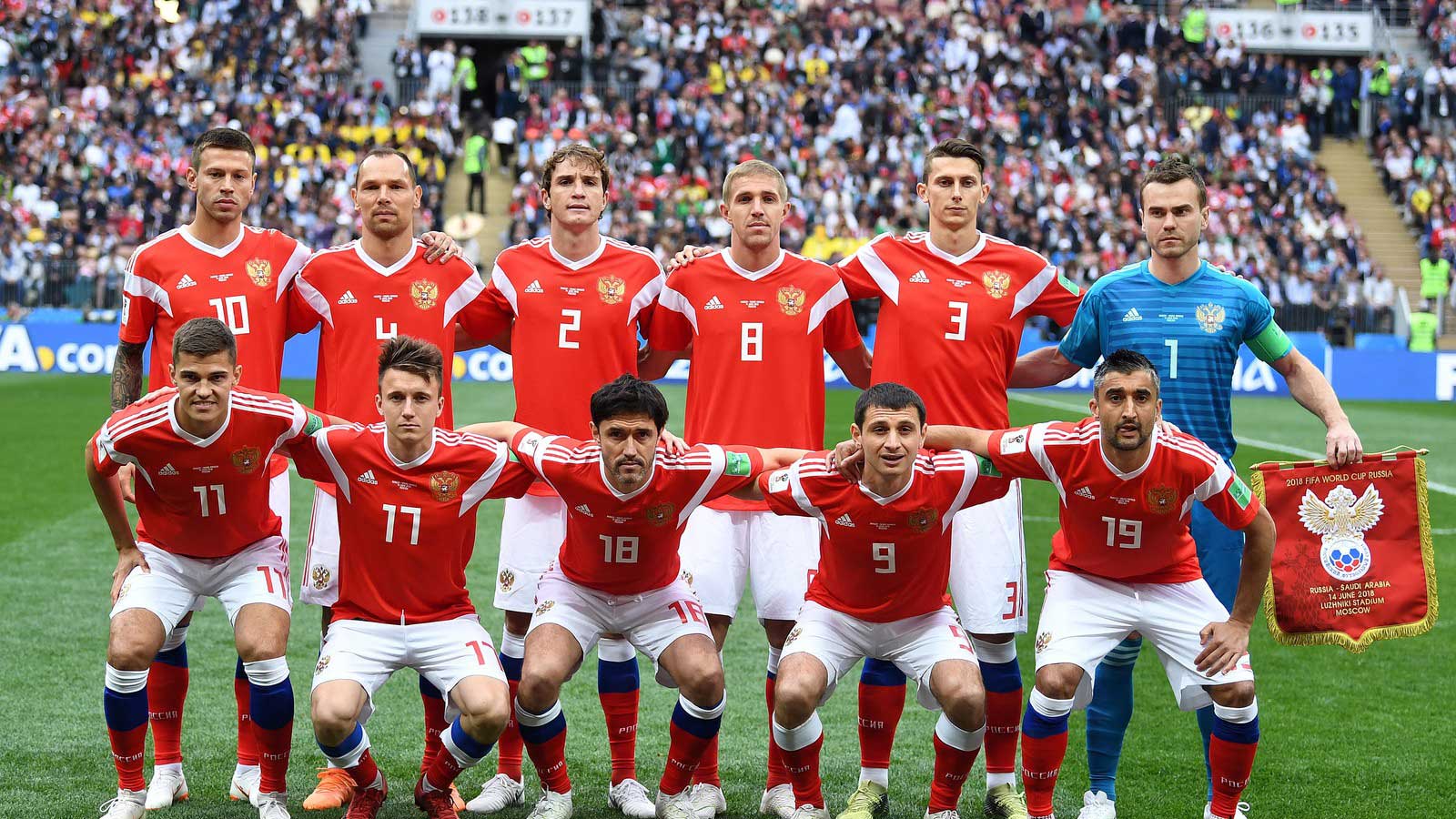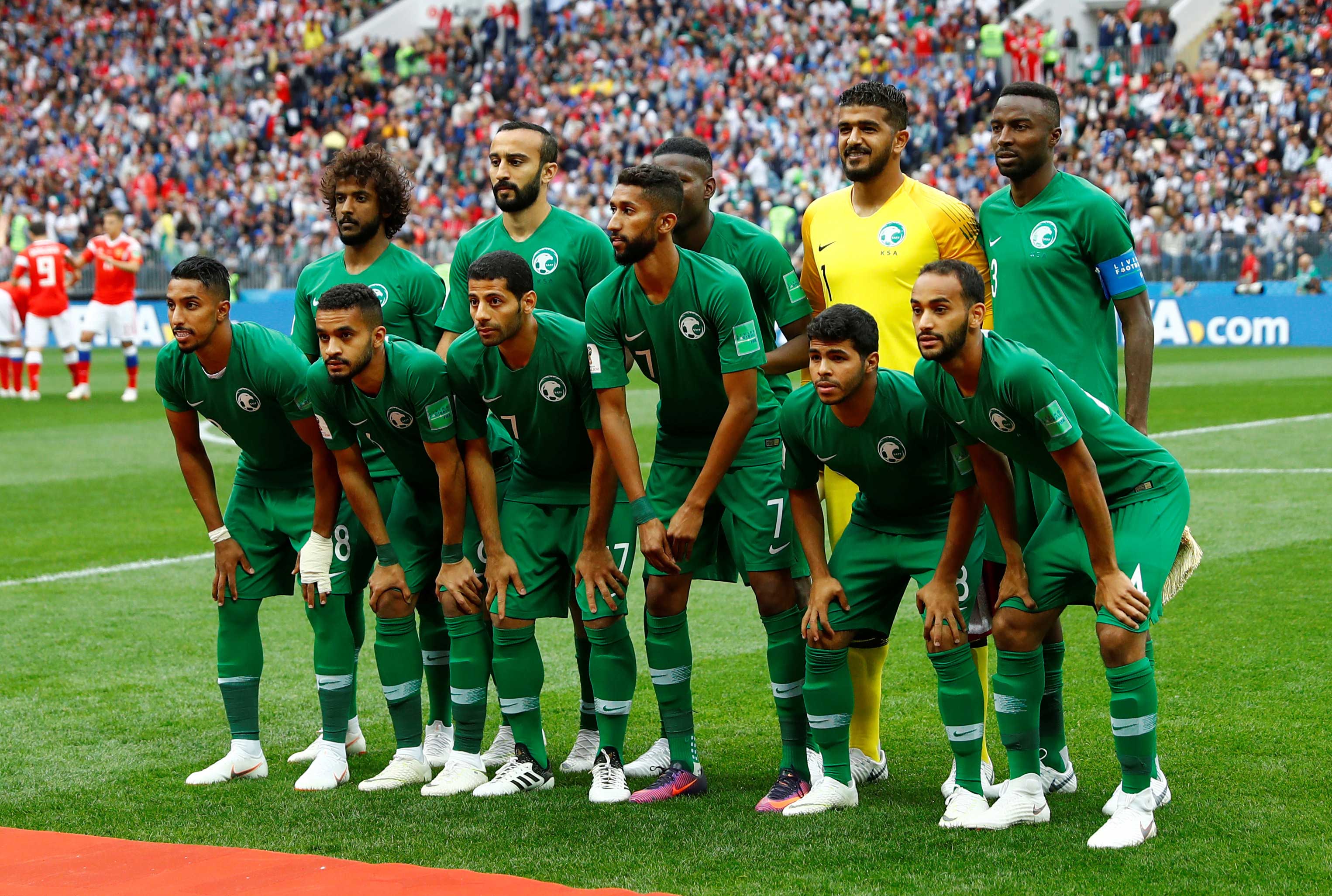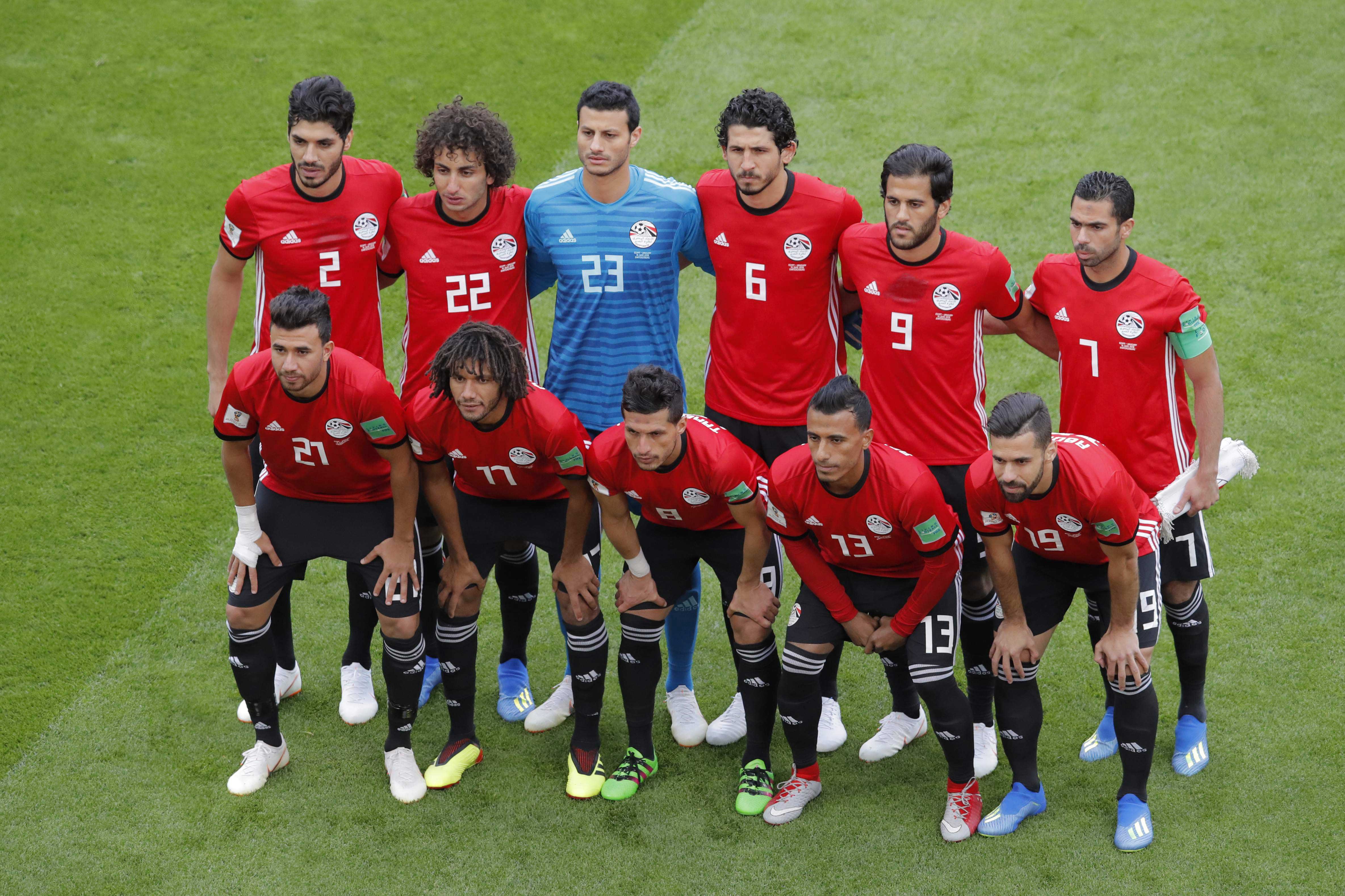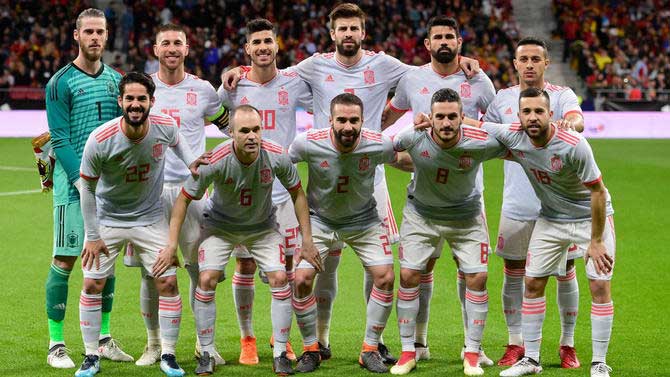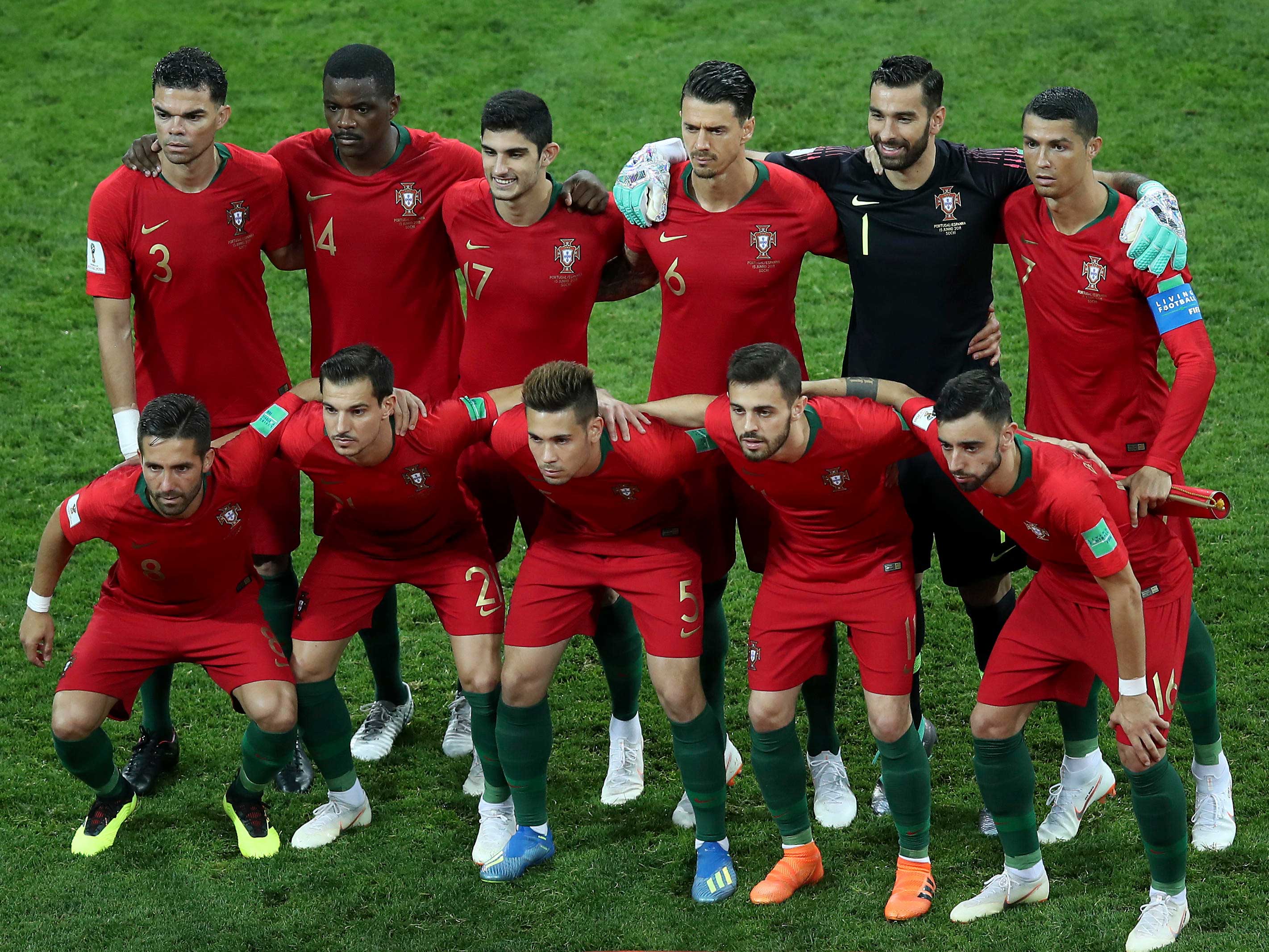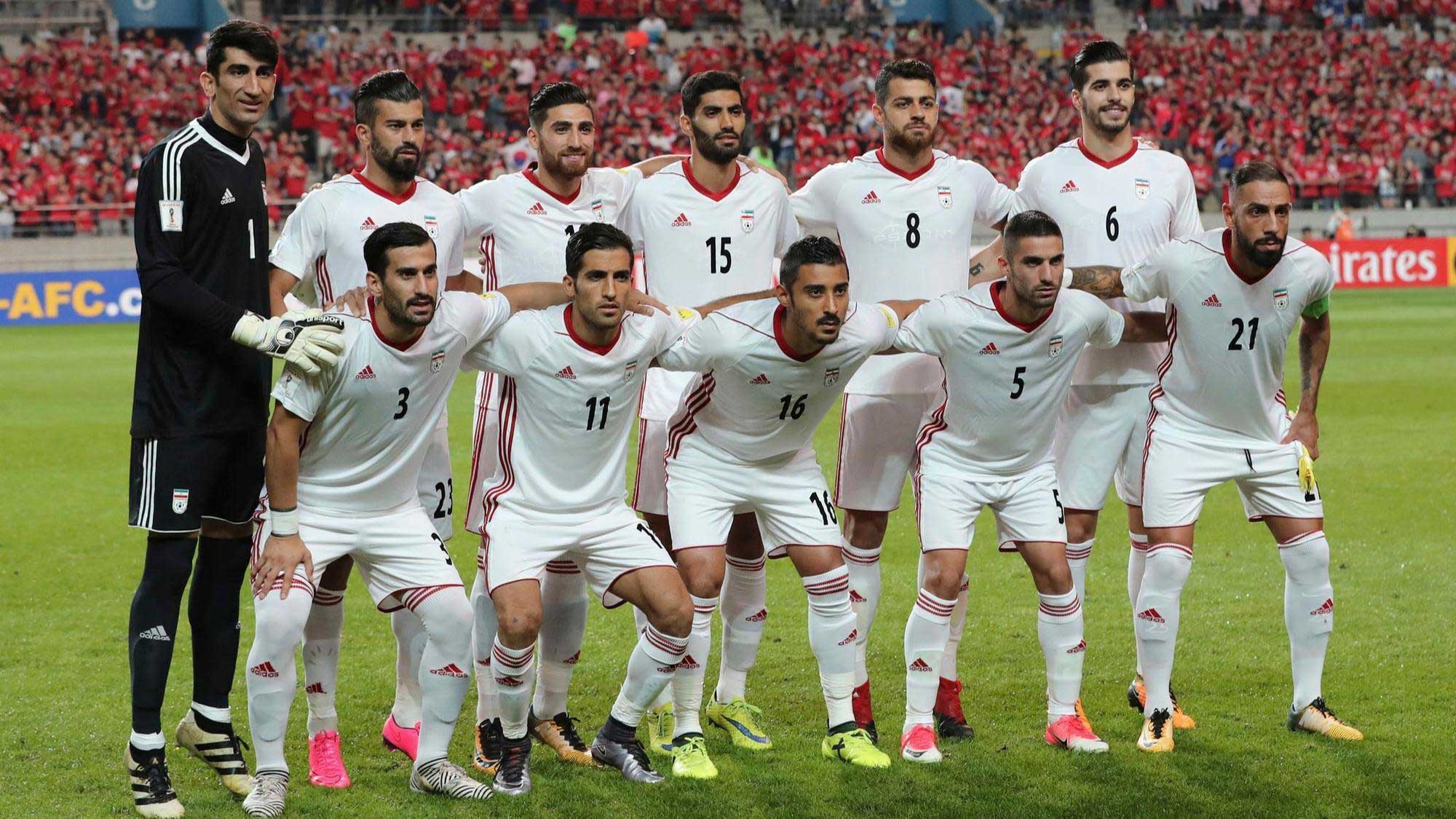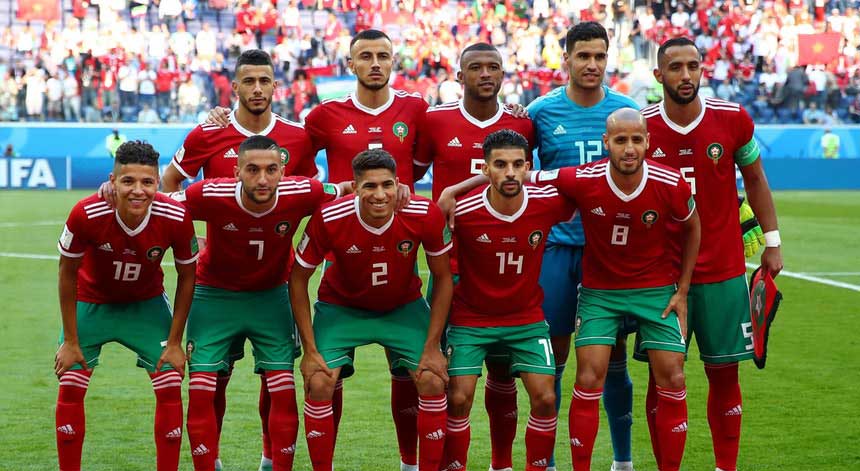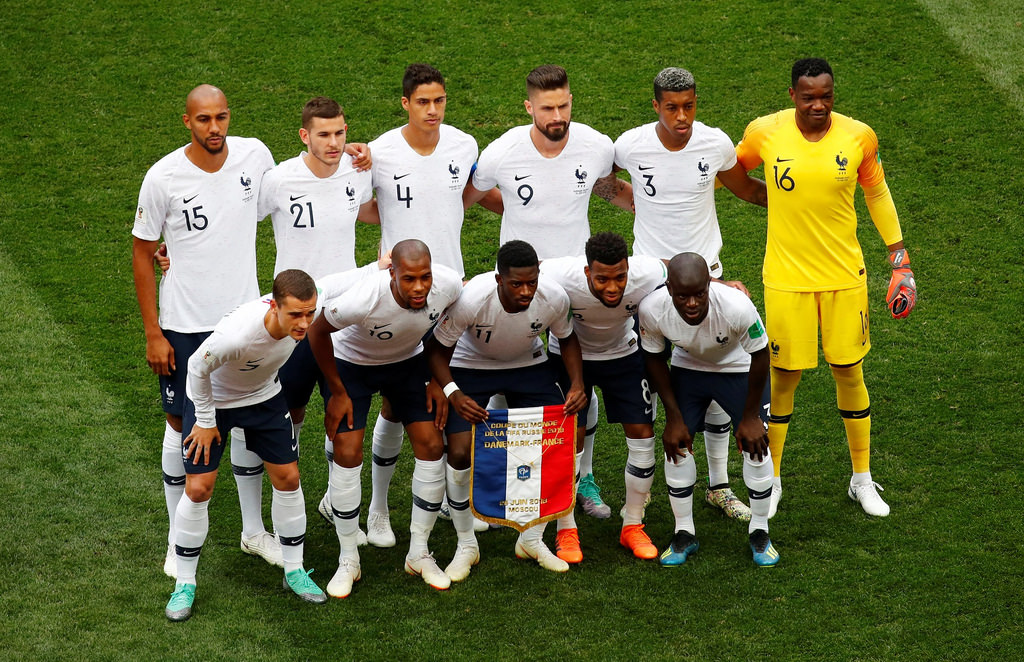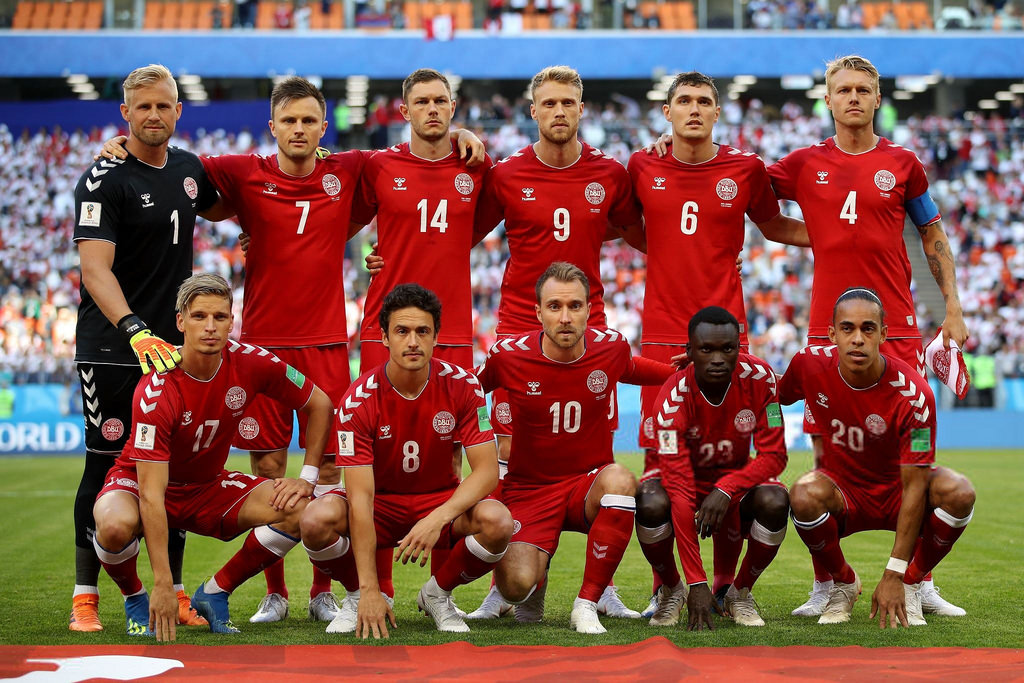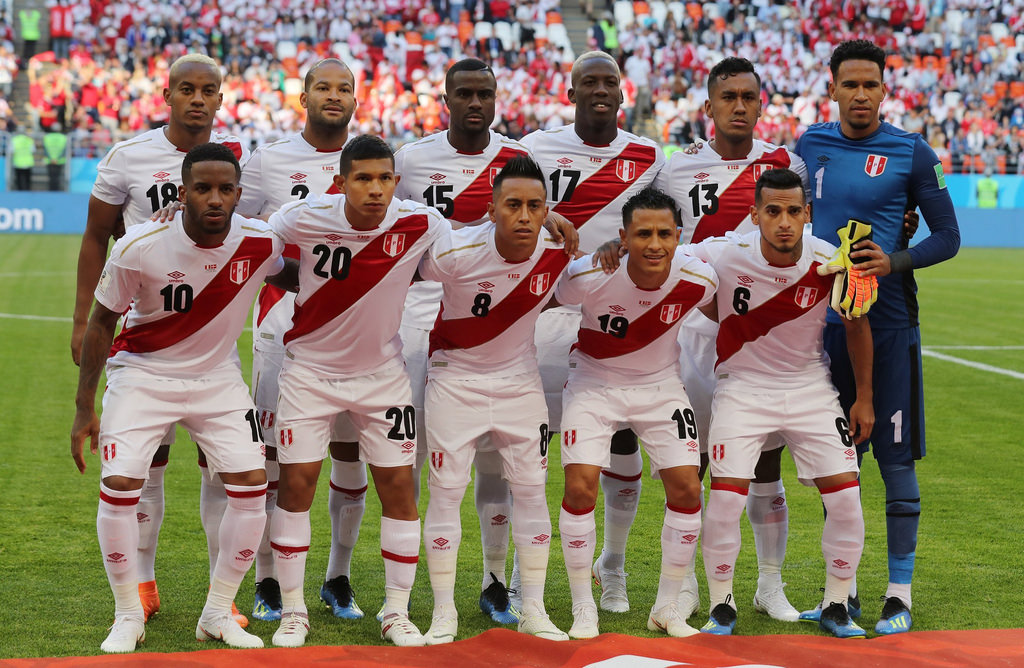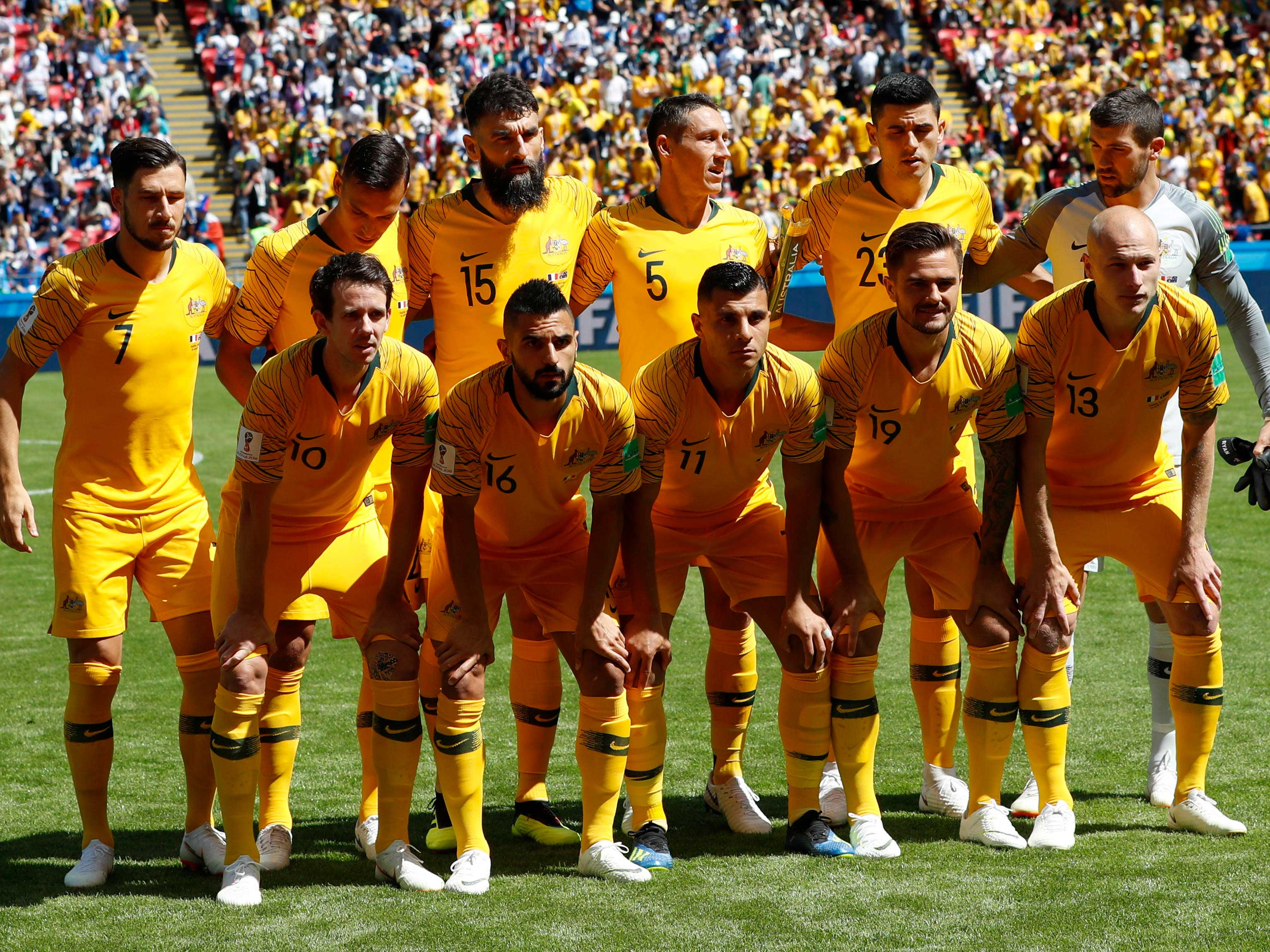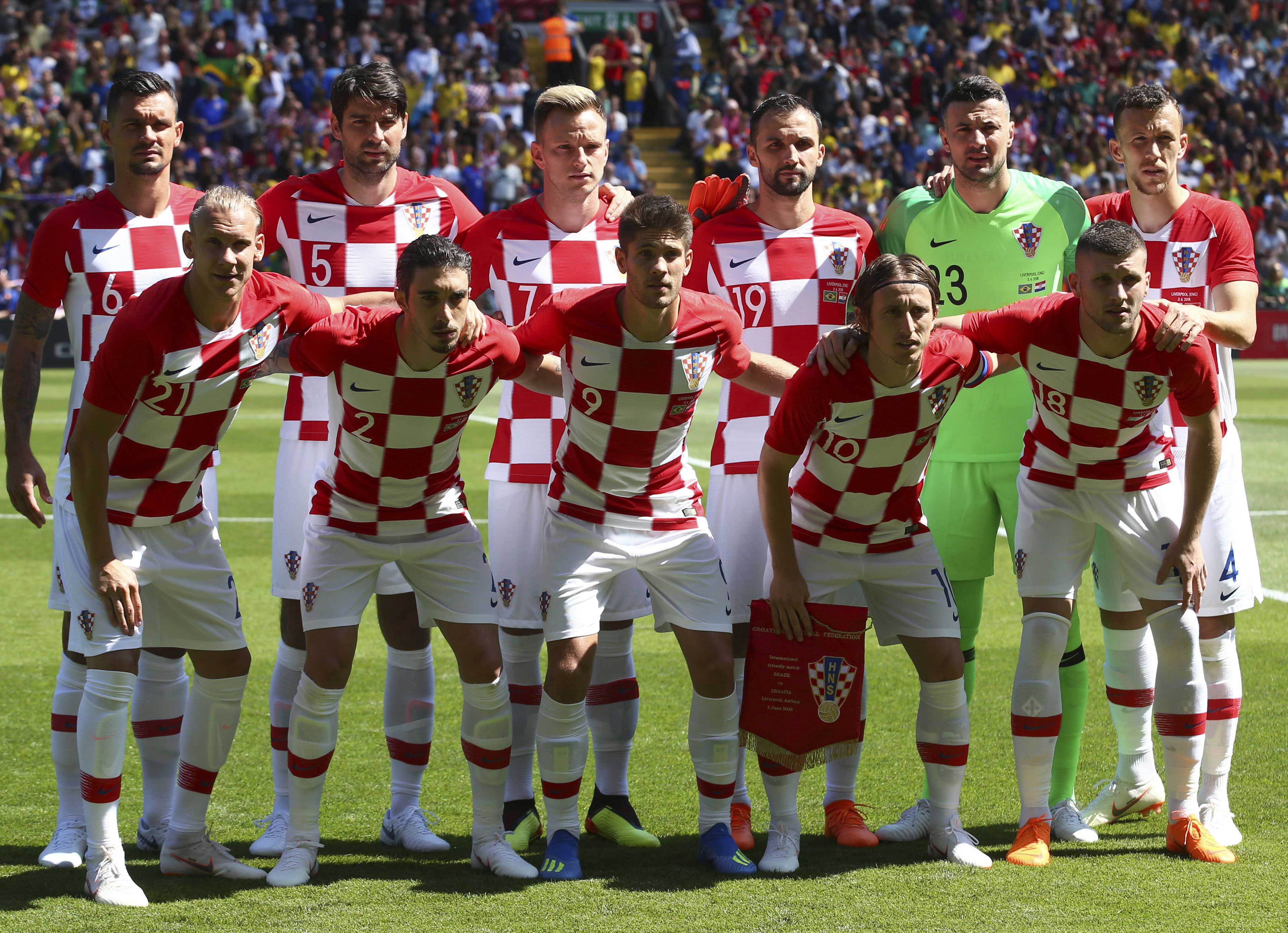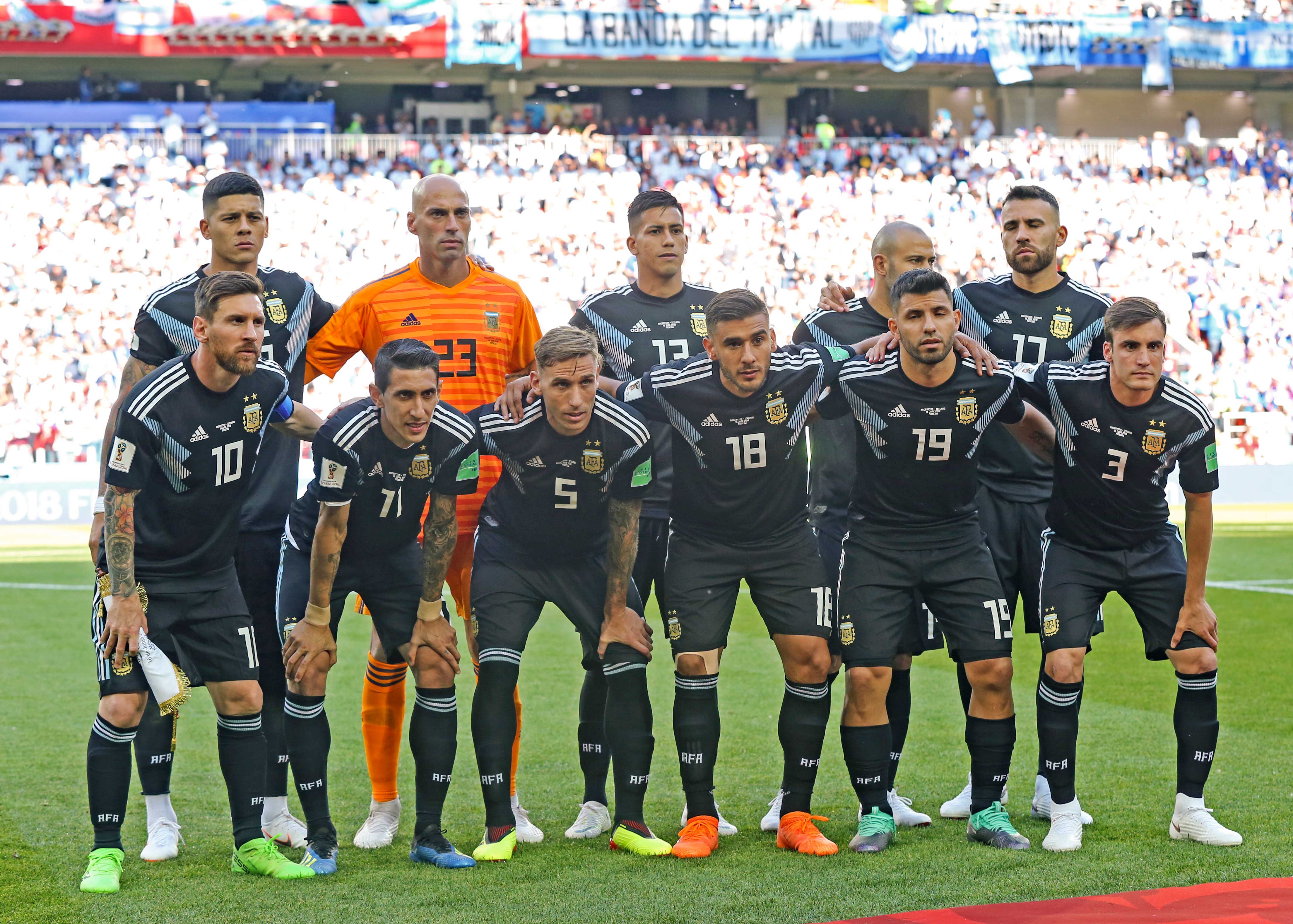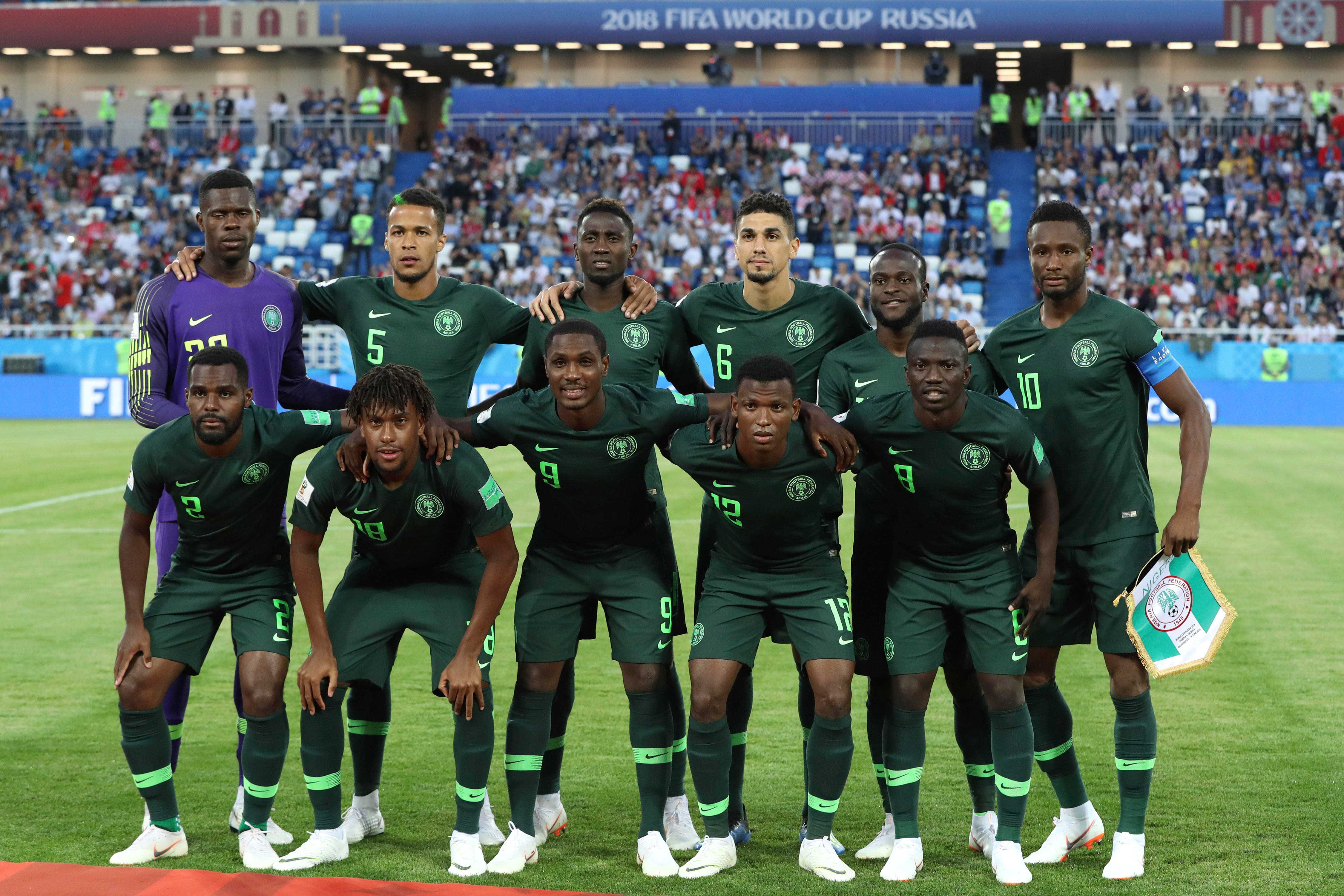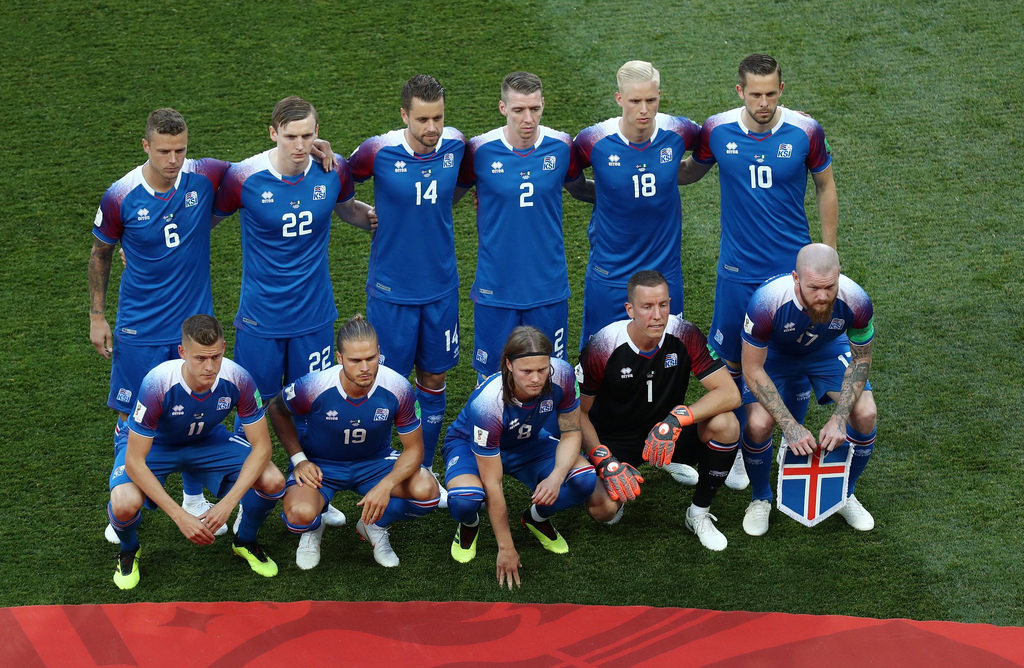Business INTRO - 2018 FIFA World Cup
part I - To Rank or Not to Rank, That is the Question
Exploring the business side of the 2018 FIFA World Cup
IInternational Football Business Institute & The Royal45 Group sharing the same vision went to explore the business side of the 2018 FIFA World Cup and thankfully to Martijn Ernest - Head of Research & Development alongside, Jos Verschueren (Mechelen, 1964) the Director Sports
Management at Vrije Universiteit Brussel - Faculty of Physical Education and Physiotherapy and Simon Van Kerckhoven (Mol, 1992) the manager of the program and entrepreneur in heart and soul here is a comprehensive business report about the 2018 FIFA World Cup in Russia.
-
According to the Ministry of Sports of Brazil, the total public funding to host the 2014 event ranged between 12 and 15 billion EURO. This year’s tournament will not cost less. A new report on the economic impact of the tournament, supported by Russian Deputy Prime Minister Arkady Dvorkovich, denounced that “total spend on the tournament will be 683 billion Russian Roubles ($11 billion), though that does not include some costly new infrastructure and stadiums, which organisers say would have been built regardless”. Furthermore, the organisers predicted that the boost for Russia’s GDP “could amount to between 1.62 trillion Roubles ($26 billion) and 1.92 trillion Roubles ($30.8 billion) over the 10 years from 2013 through to 2023”.
-
Does hosting a major sporting tournament really benefits a country’s economy on the long run?
Separating the World Cup from other economic factors is not easy. According to the World Economic Forum in terms of sporting events, “the case is often made that hosting a World Cup can boost a nation’s economy by attracting tourists, initiating important infrastructure projects and showcasing countries and cities as good places to do business.
But, the costs of achieving those noble goals appear to outweigh the economic benefits they produce”. The opportunity cost, the changing tourism pattern, the increasing share of revenue going to FIFA, it all needs to be taken into account. The future will tell what the eventual return on investment will be. The only thing which is clear, the tournament will stay FIFA’s main source of income for the years to come.-
Apart from the financial side of the game, this report will also dig deeper into certain topics defining the business side of football: marketing, sponsoring, fan engagement, finance and geopolitics. The first chapter will focus on the attribution of the tournament and the risks and opportunities involved. Secondly, we will tackle the different groups.
General info on teams entering the group stage (social media followers, average attendances qualifiers, total team value, capacity national stadium, salary national coach and sponsors) will be topped up with inter group comparisons. Last, but not least, our IFBI ranking lists all teams from bottom to top.
- The social impact of football cannot be underestimated. No other sport touches the heart of so many people every week. Football and passion are two words that are difficult to separate, but are by themselves not enough to succeed professionally in the sport. Working in the football industry requires knowledge, engagement, commitment and training. We strive to particularly use this last component, training, to guide young, talented professionals towards a promising career in the international football industry.
-
The Vrije Universiteit Brussel (VUB) is the backbone of our International Executive Master in Football Business. As Belgium's leading university in the field of internationalization, the VUB enabled the expansion of our program in 2014.
Now, four years later, we offer a high-end program, fully in line with the core values of the VUB: fairly unique, forming a bridge between academia, the professional field and the public sphere. - The International Football Business Institute opened its doors for the first batch of students in September 2016. After a year filled with unique insights from more than 90 guest speakers, unique network opportunities and six Experience Tours, the students were thoroughly prepared for the labor market. As the second academic year continues this trend, we want to increase our focus on innovation and development in the coming period. We aim to distribute and apply the knowledge and expertise present in our institute.
-
Six of the twelve venues were built specifically for the World Cup, with the remaining six being rebuilt or renovated to improve the fan experience. Russia wants to impress, regardless of the price tag. The total budget for the construction of the stadiums is estimated at $5 billion. Furthermore, the federal sub-program “Construction and Renovation of Transport Infrastructure” was implemented with a total budget of 352.5 billion Rubles ($ 5, 62 billion):
170.3 billion Rubles coming from the federal budget, 35.1 billion Rubles from regional budgets, and 147.1 billion Rubles from external investors. 24 As we compare the total infrastructural investments with the costs made for the 2014 Sochi Olympic Winter Games, there is a significant drop in expenditure (the most-often quoted cost assessment for the Sochi Olympics is $51 billion). 25 Yet, if we take a look at the cost of stadium construction and renovation per seat available for World Cup games, saving money was not the most important concern.
-
Welcome to the first round of the World Cup in terms of business and management.
This chapter provides you an overview of the entire FIFA World Cup group stage, analyzed through what happens off the pitch. We came up with a score card for all national teams, discussing; the official kit sponsor, the three most important sponsors, the total amount of followers on social media, the average attendance during the qualifiers, the total team value, the capacity of their national stadium, and last but not least the national coach’s salary.

